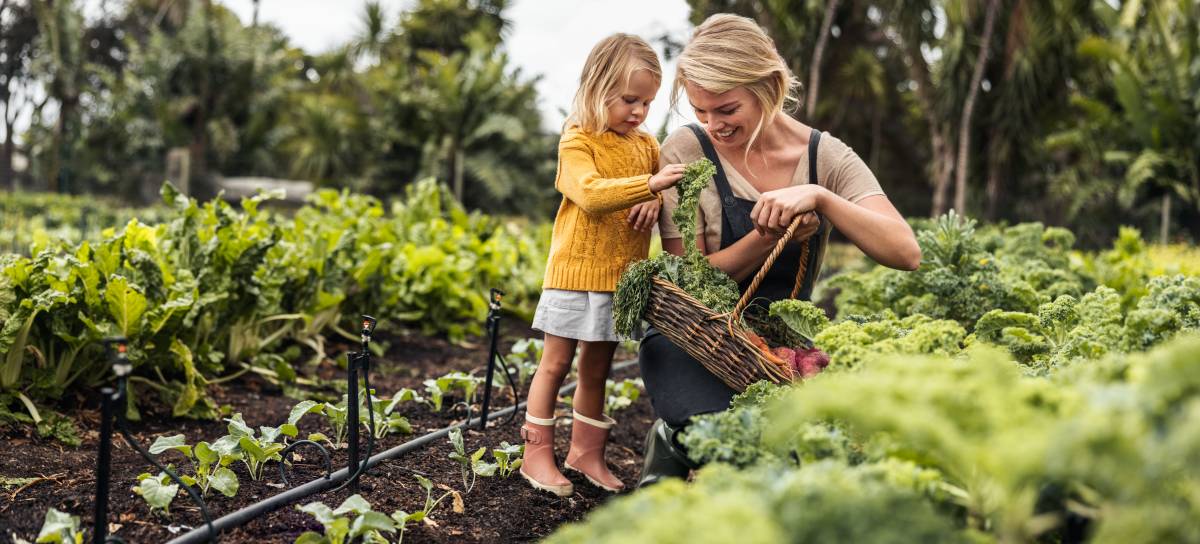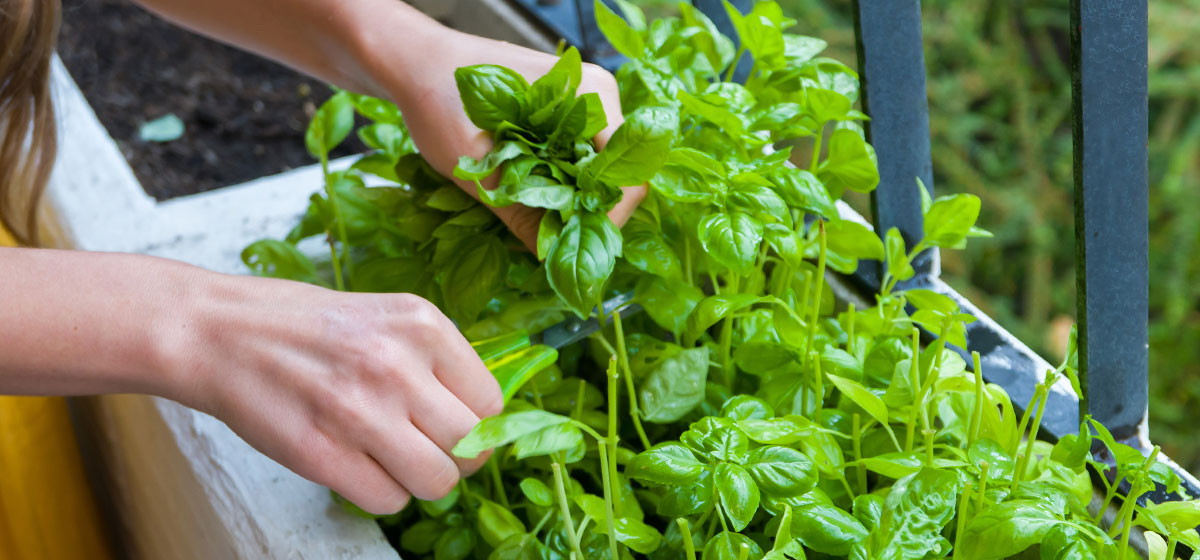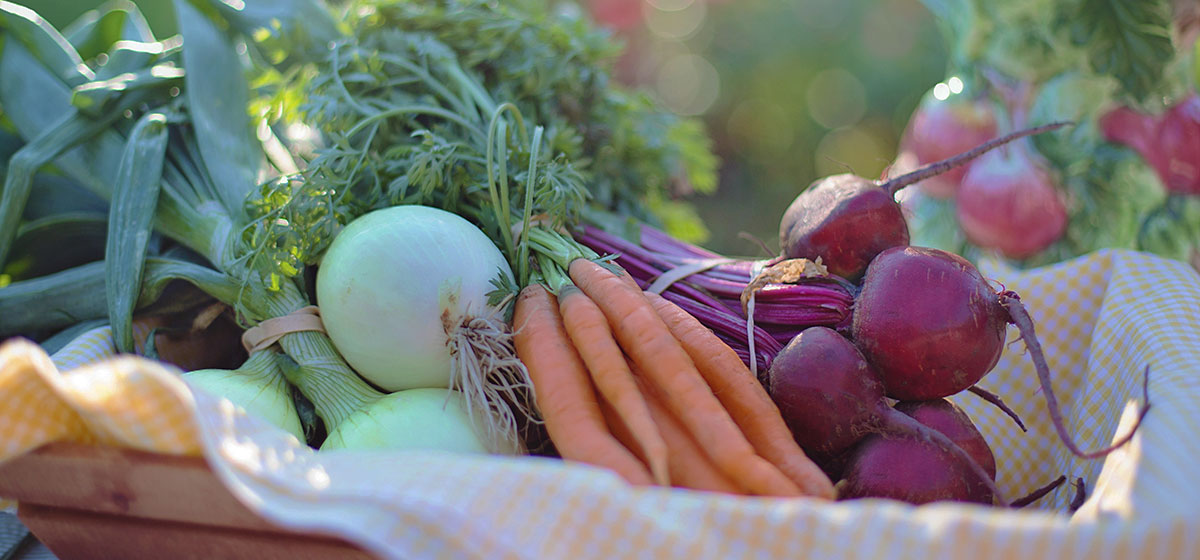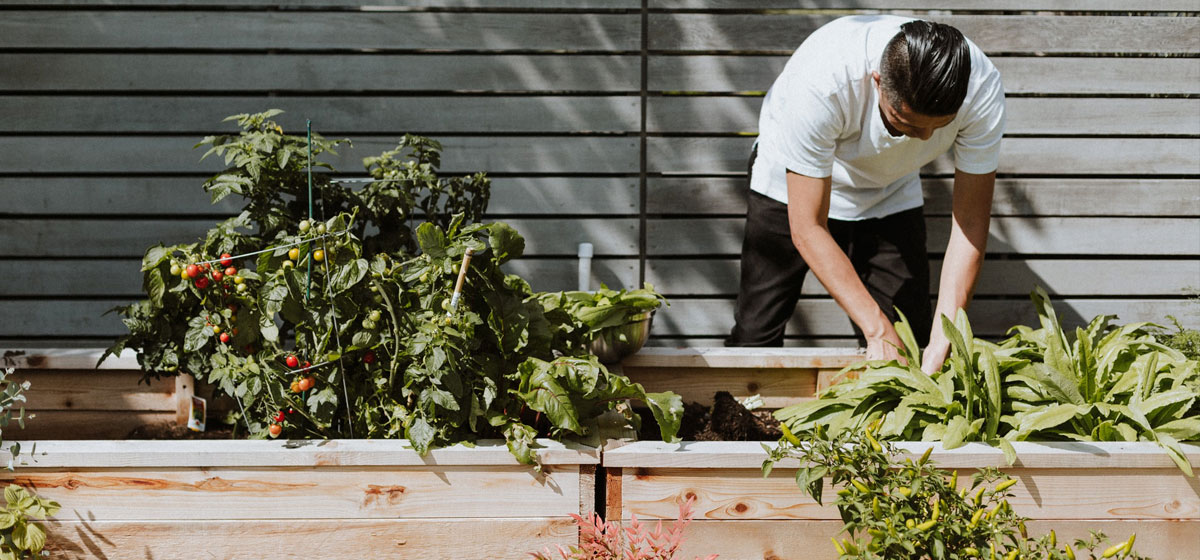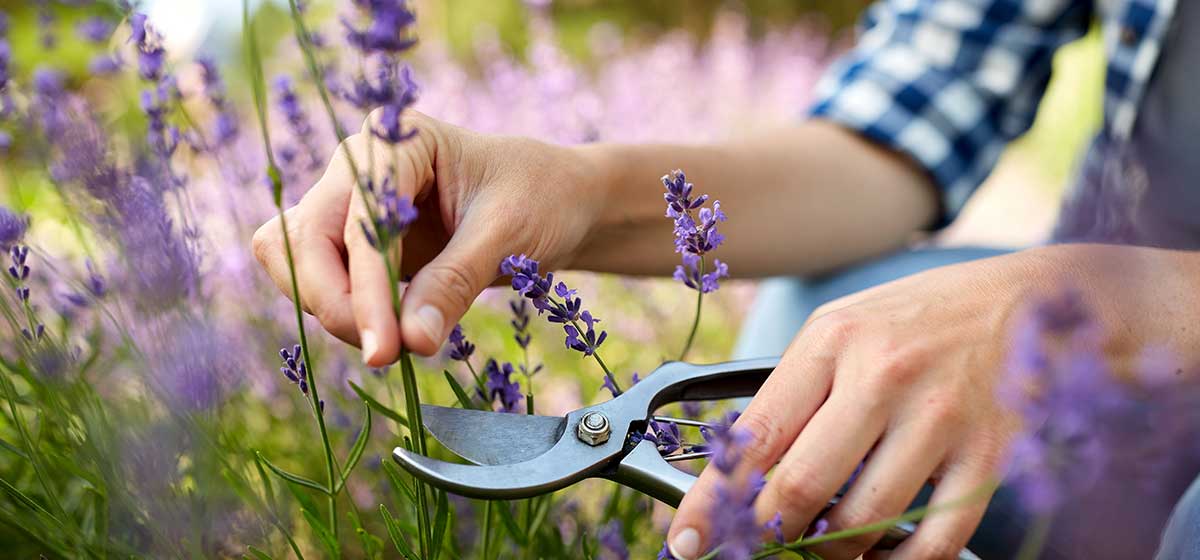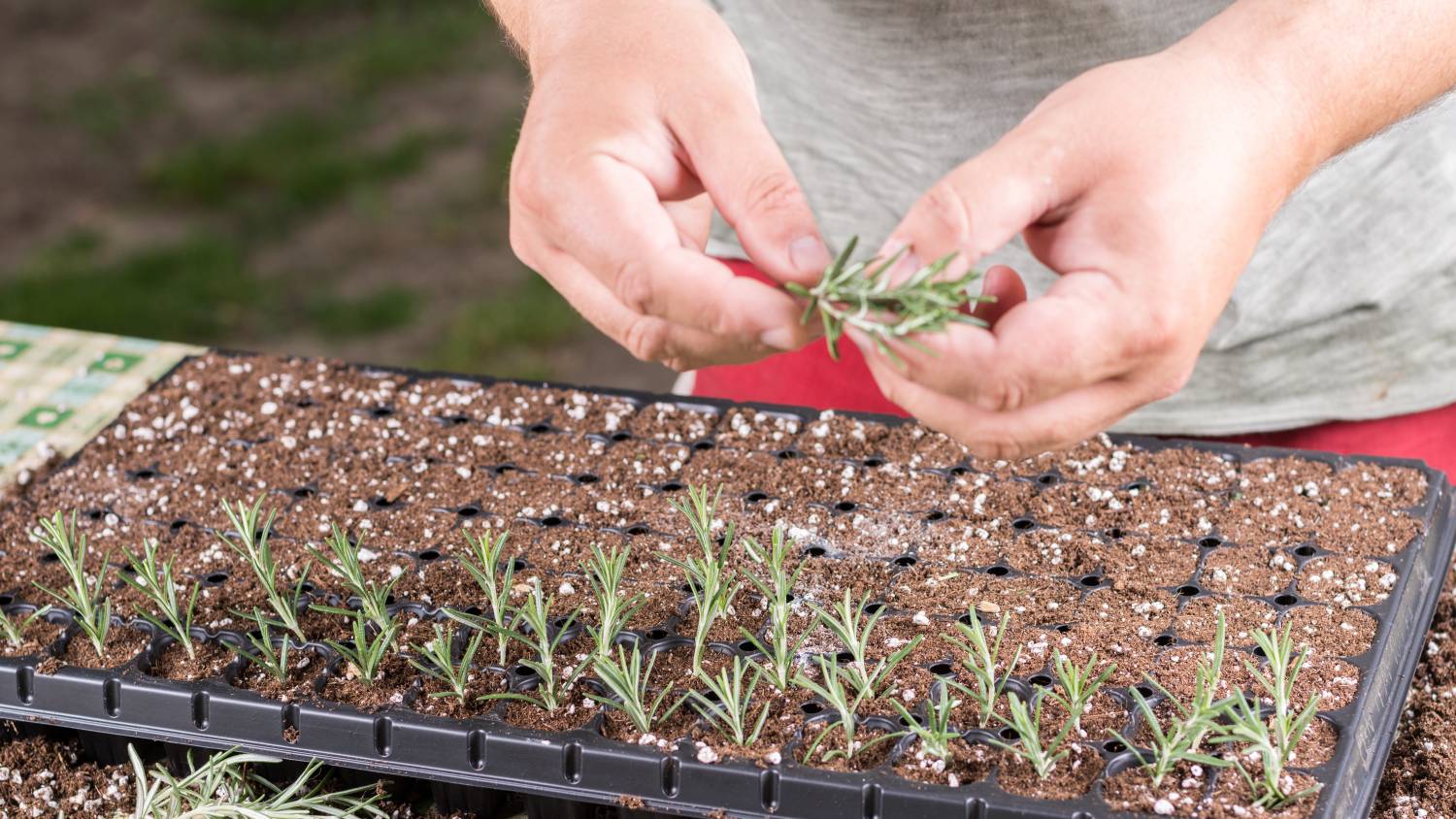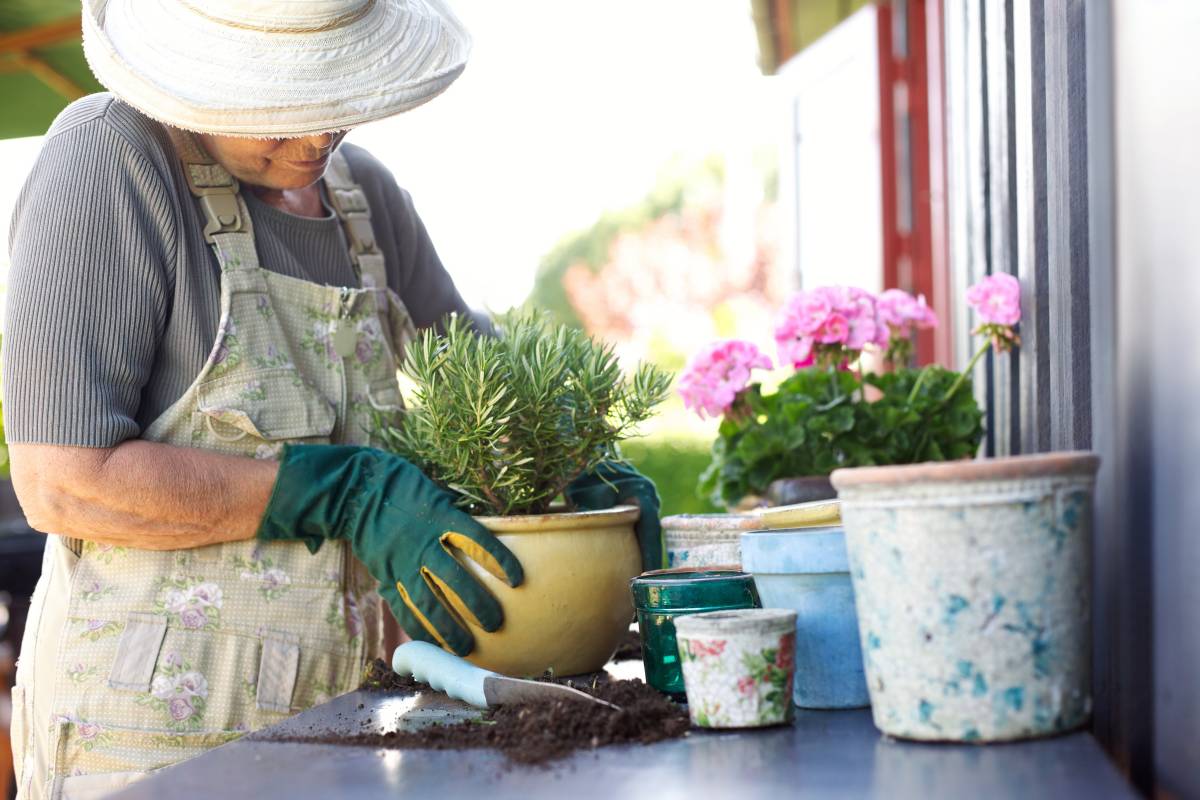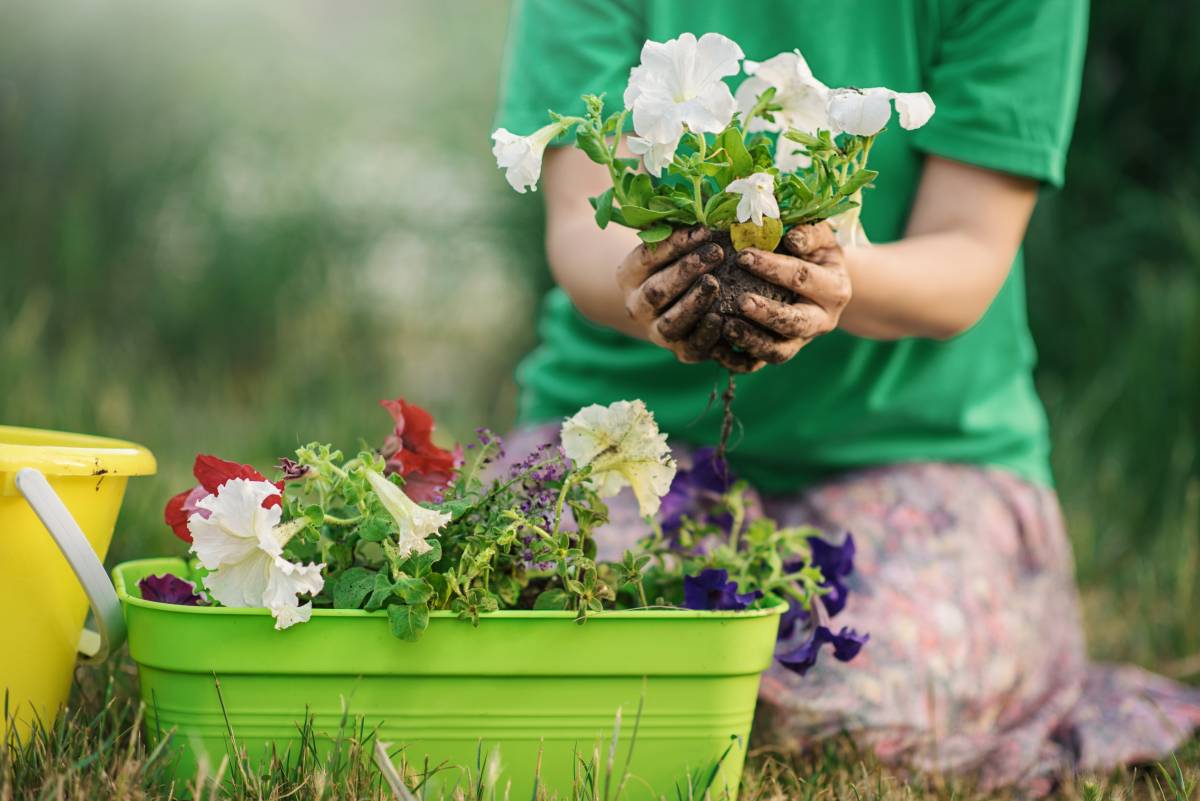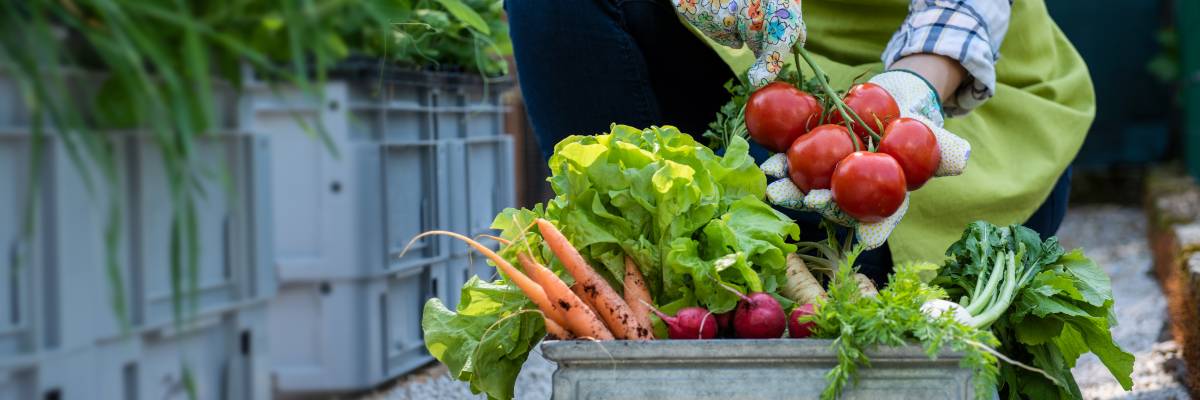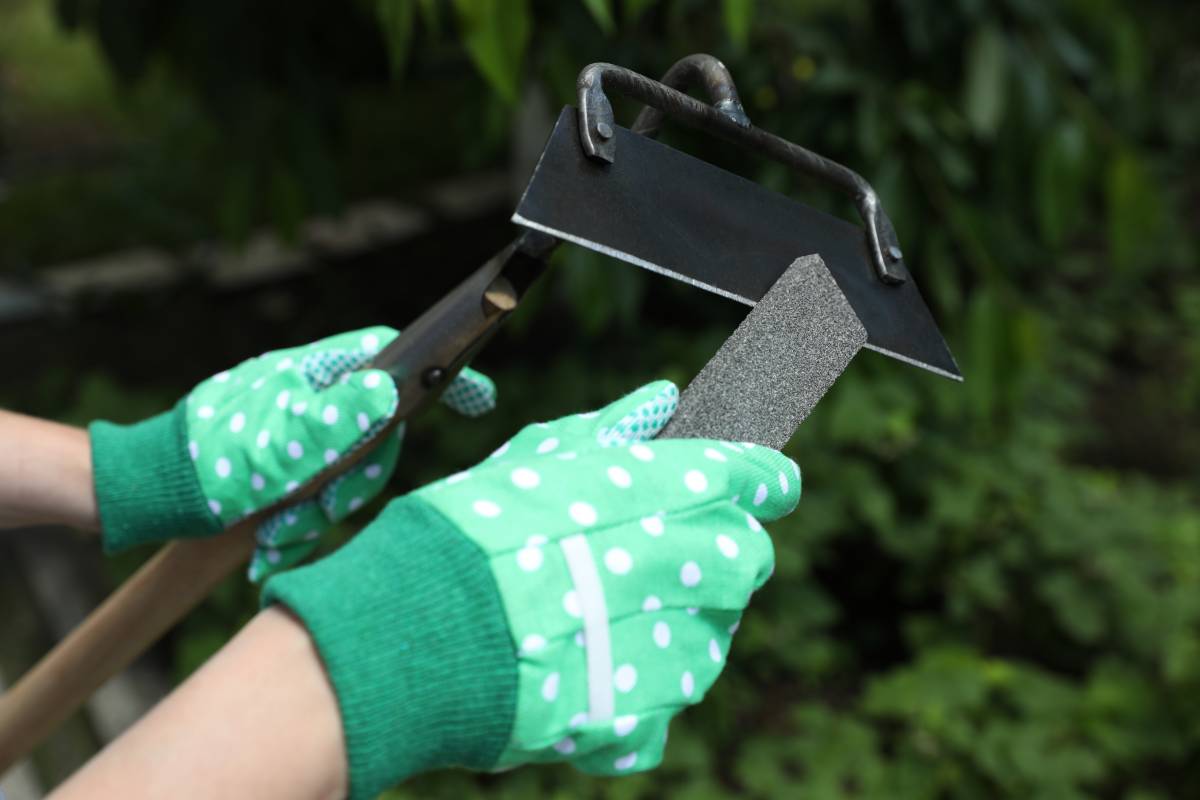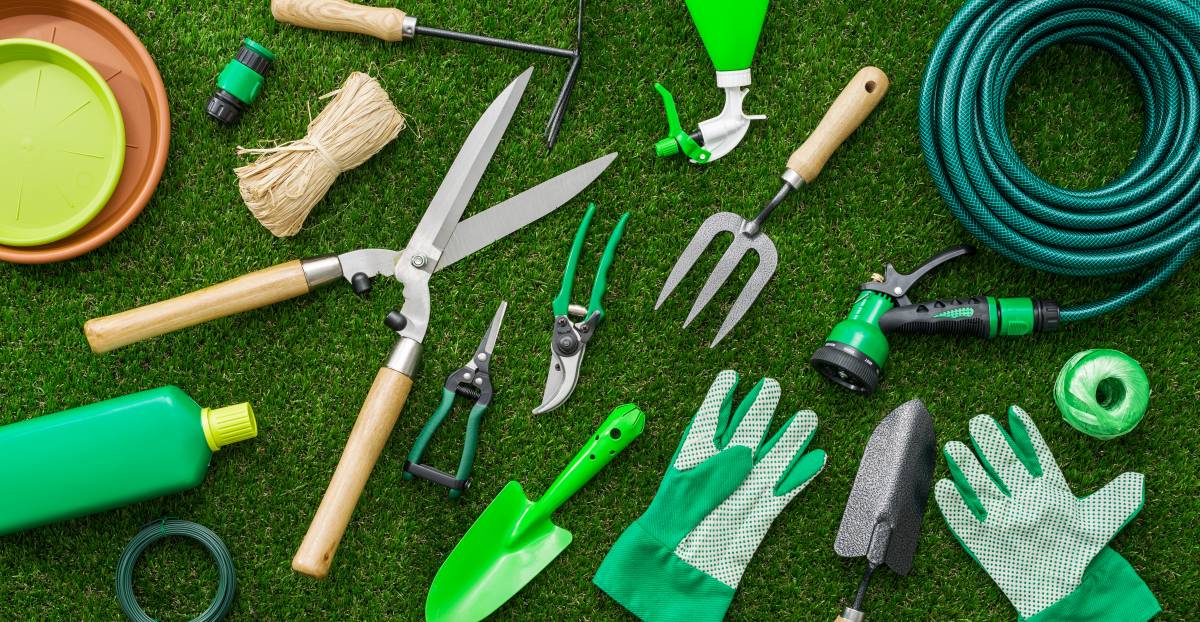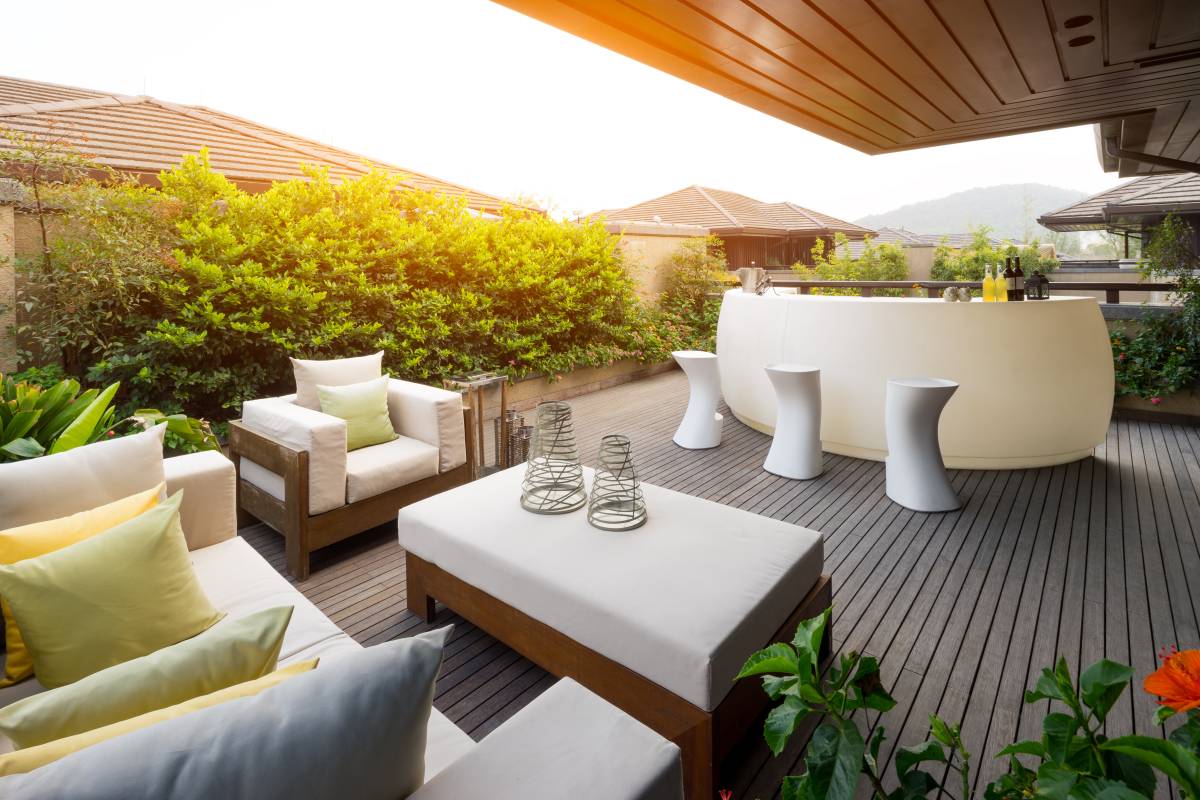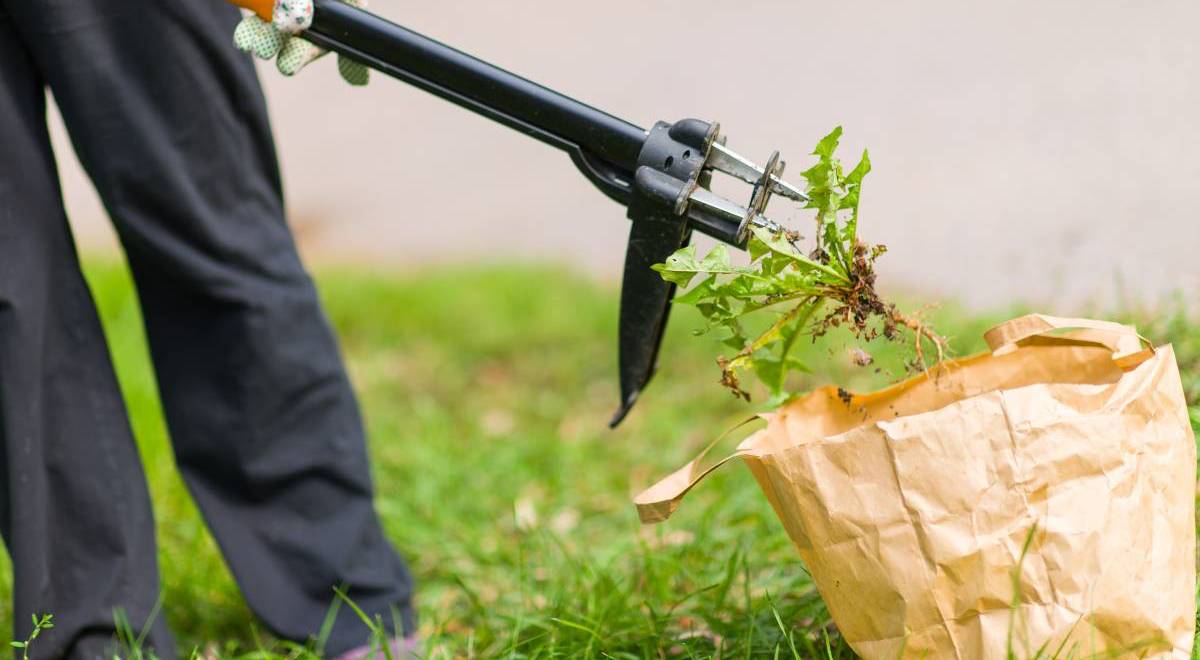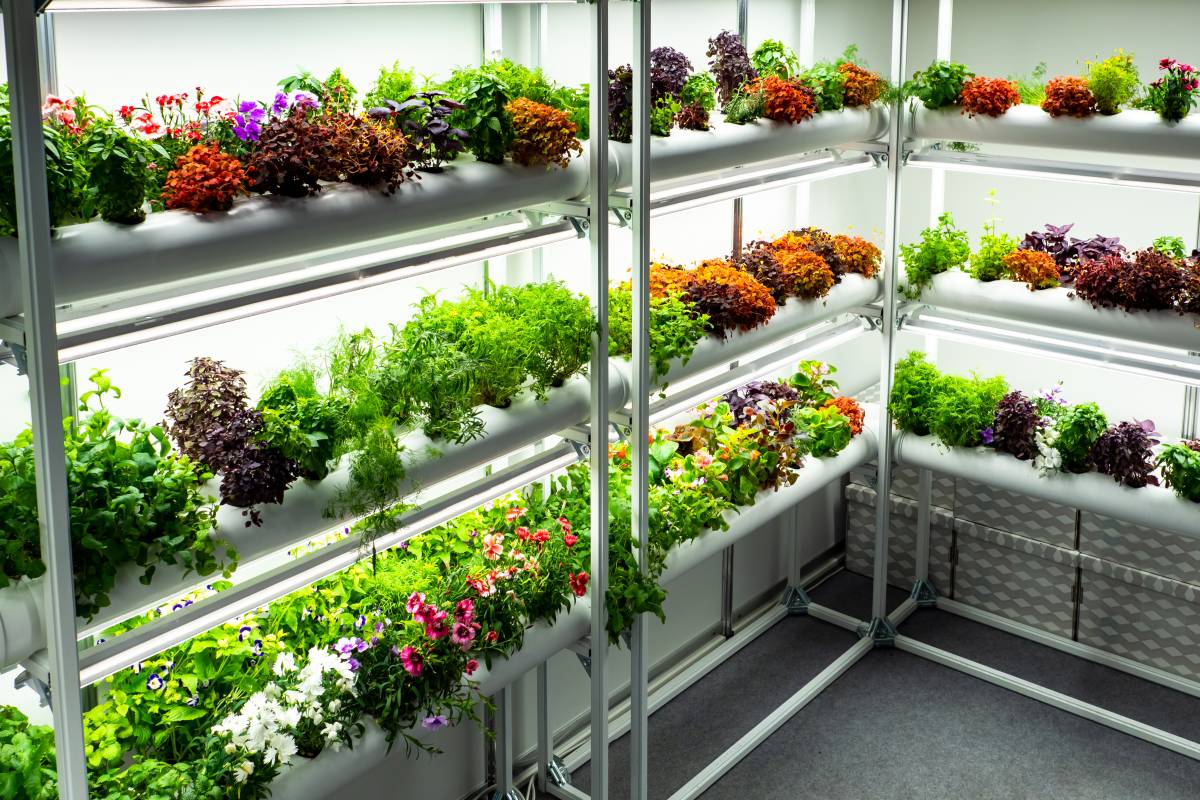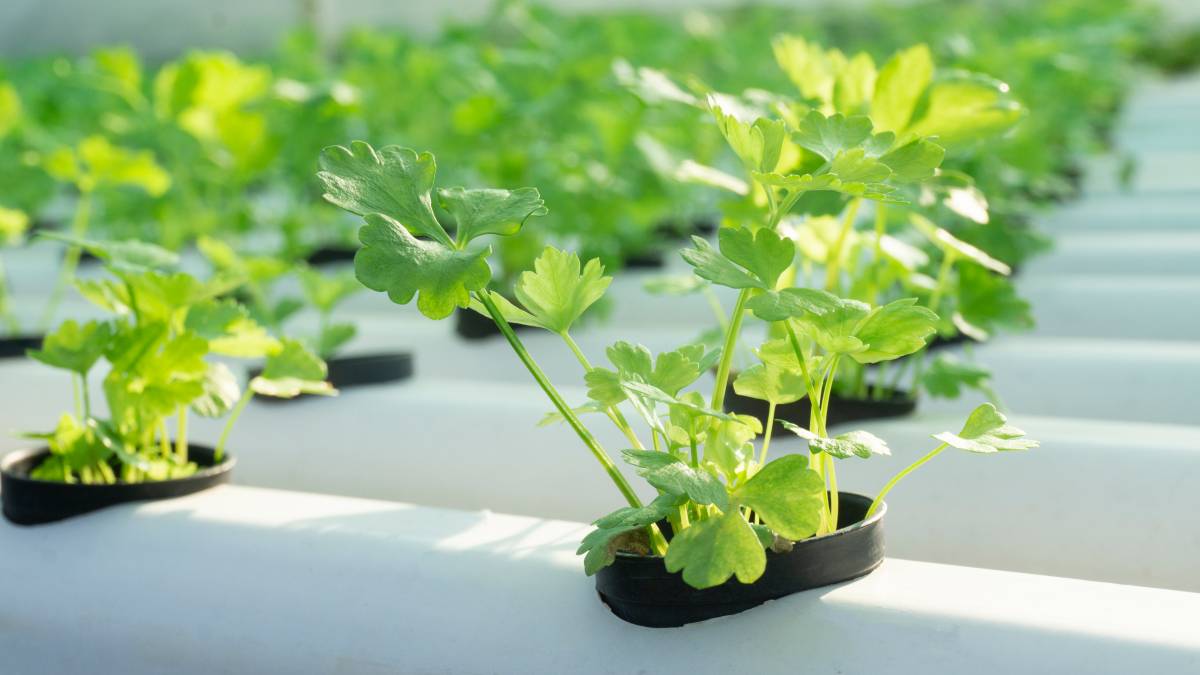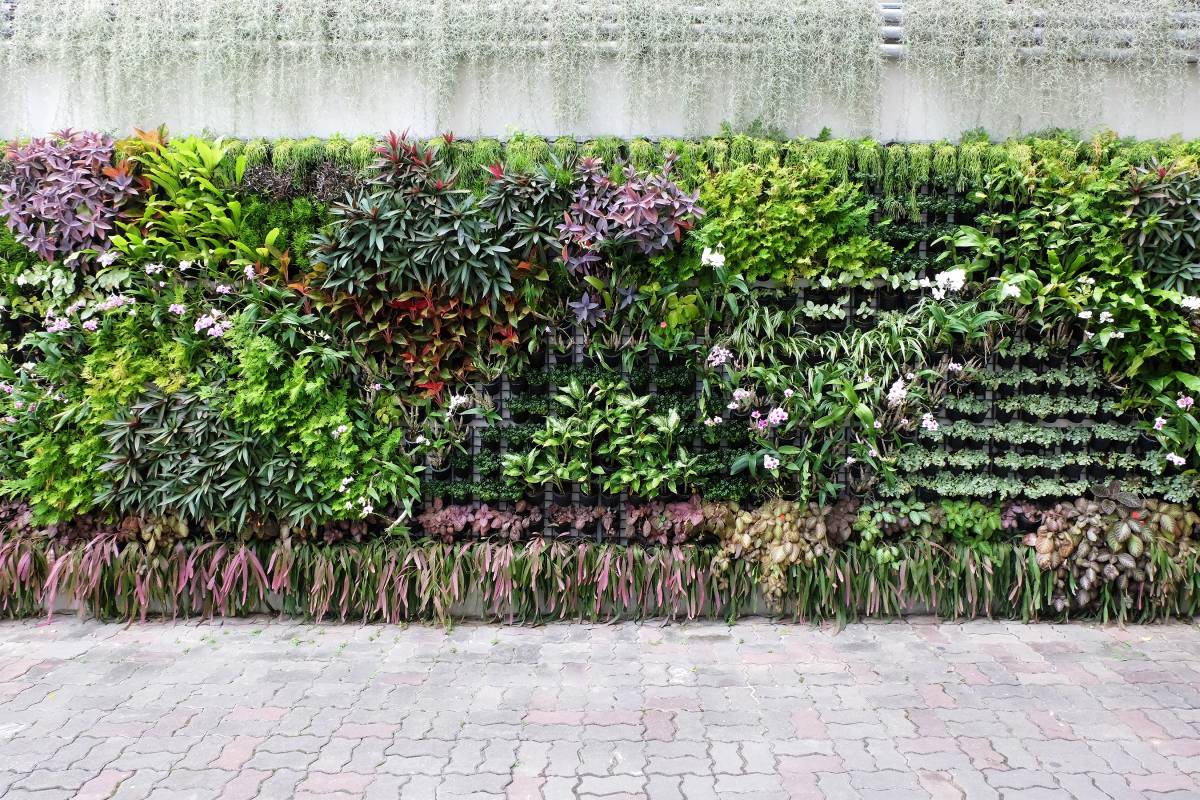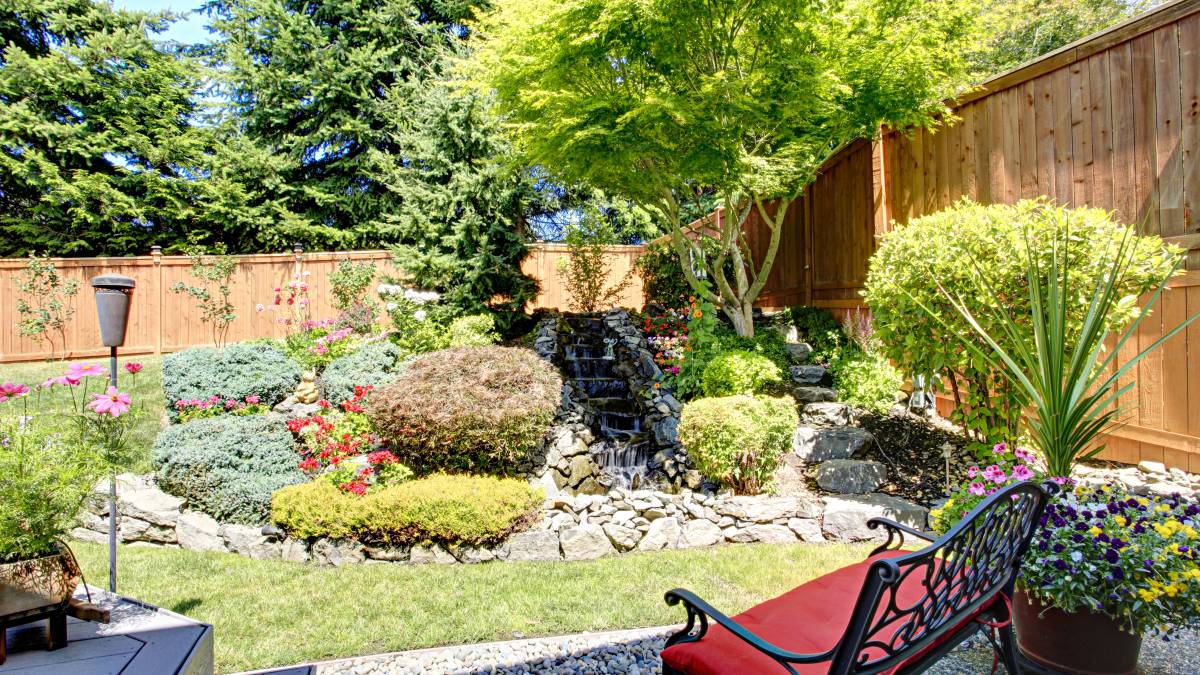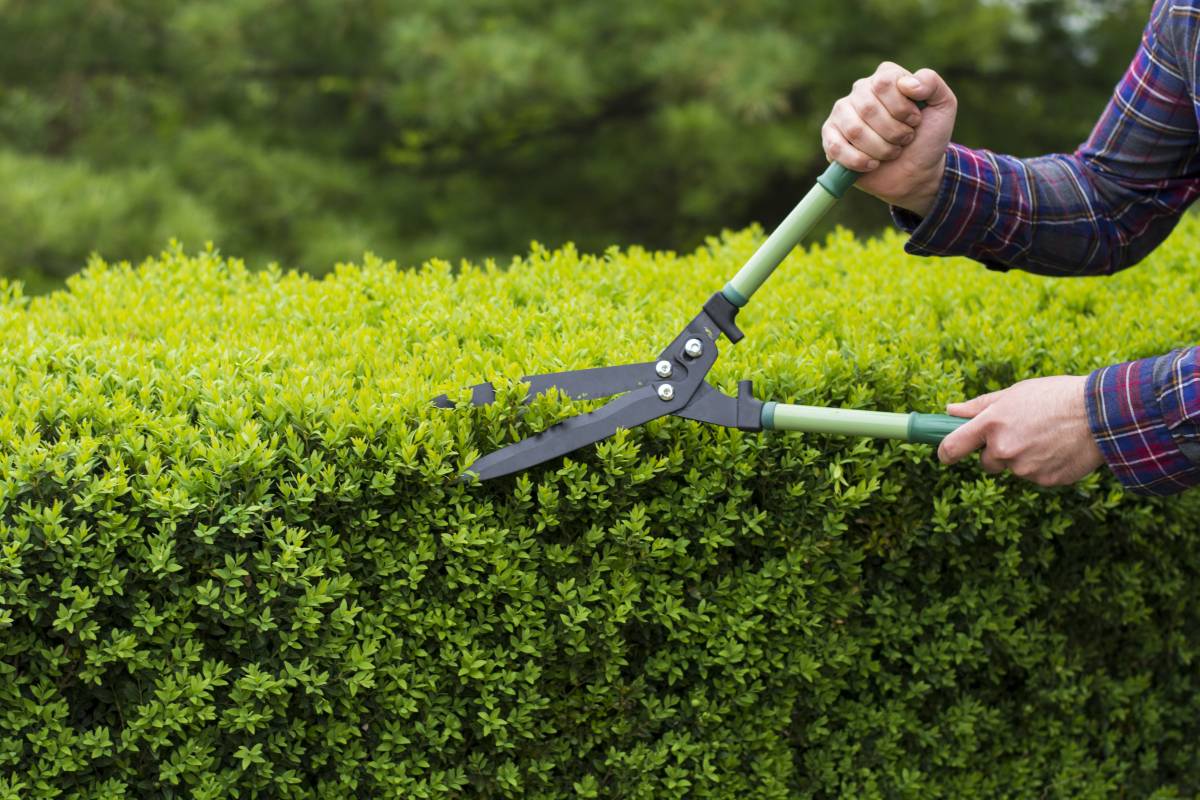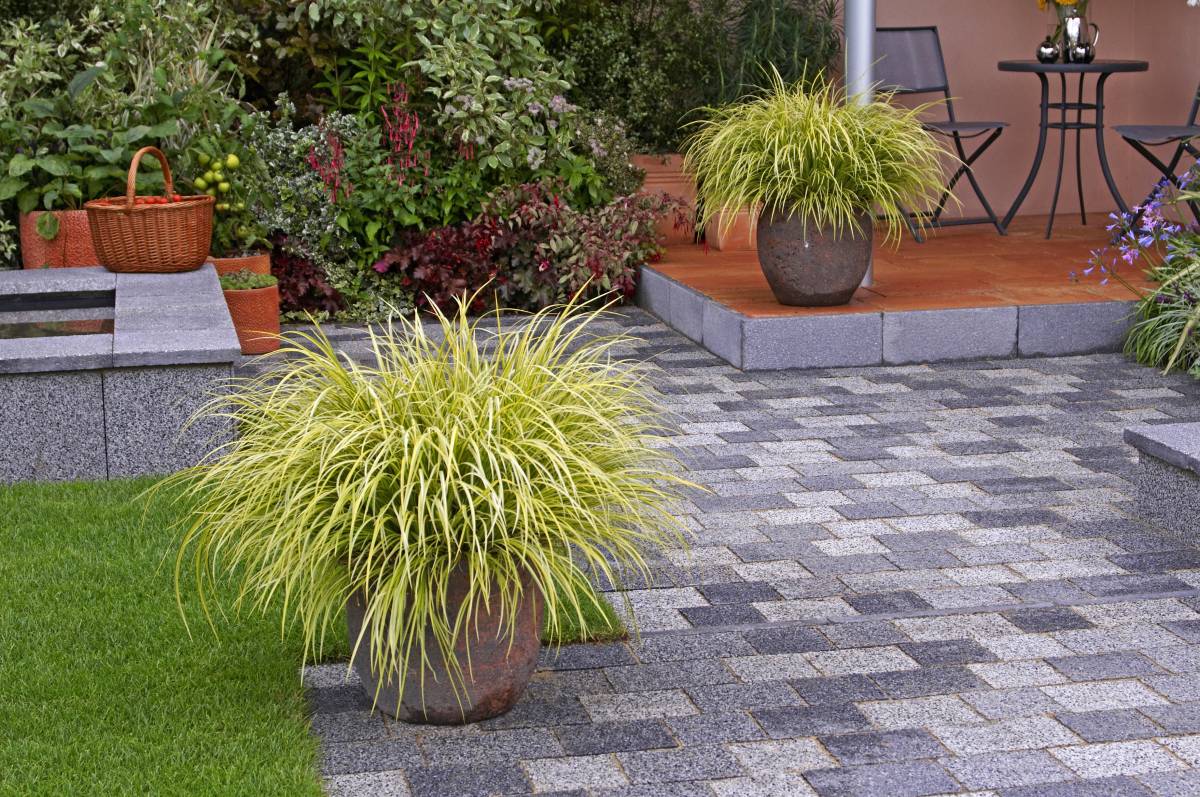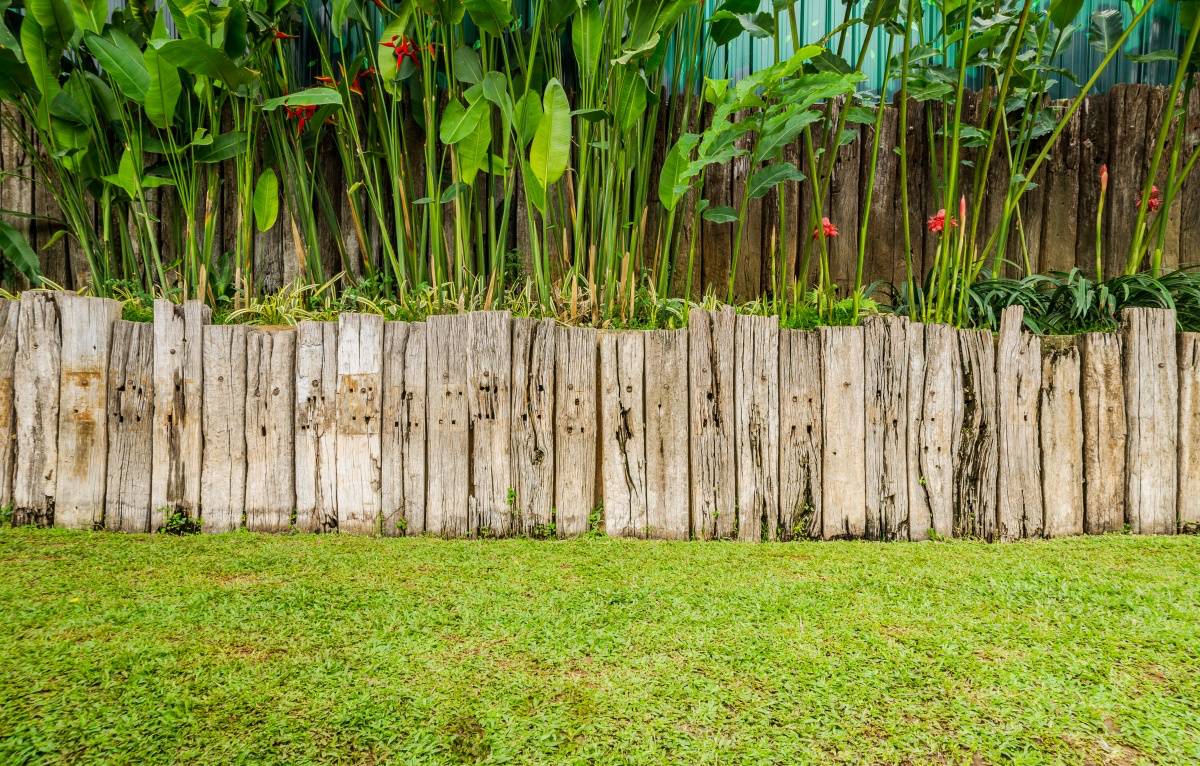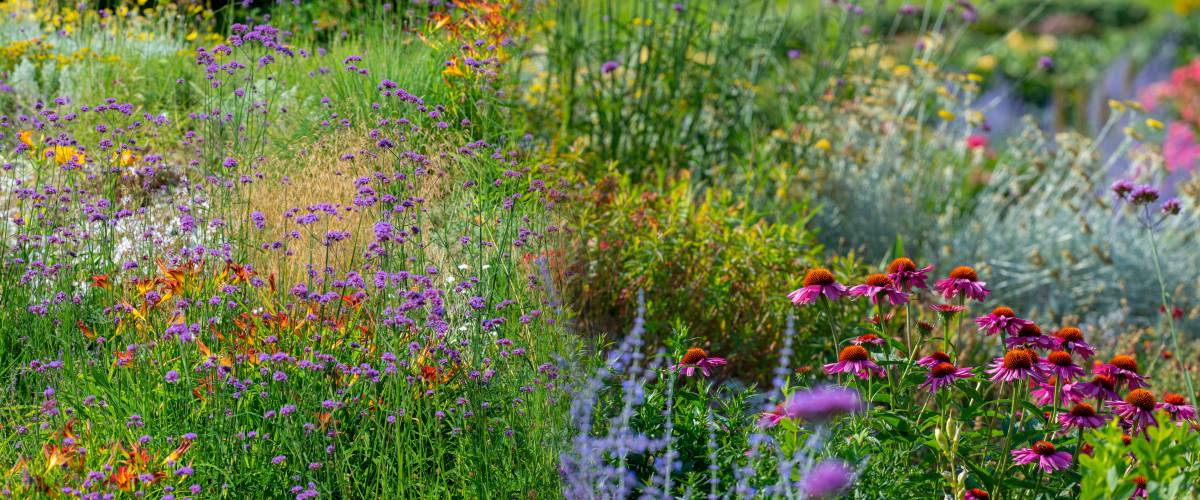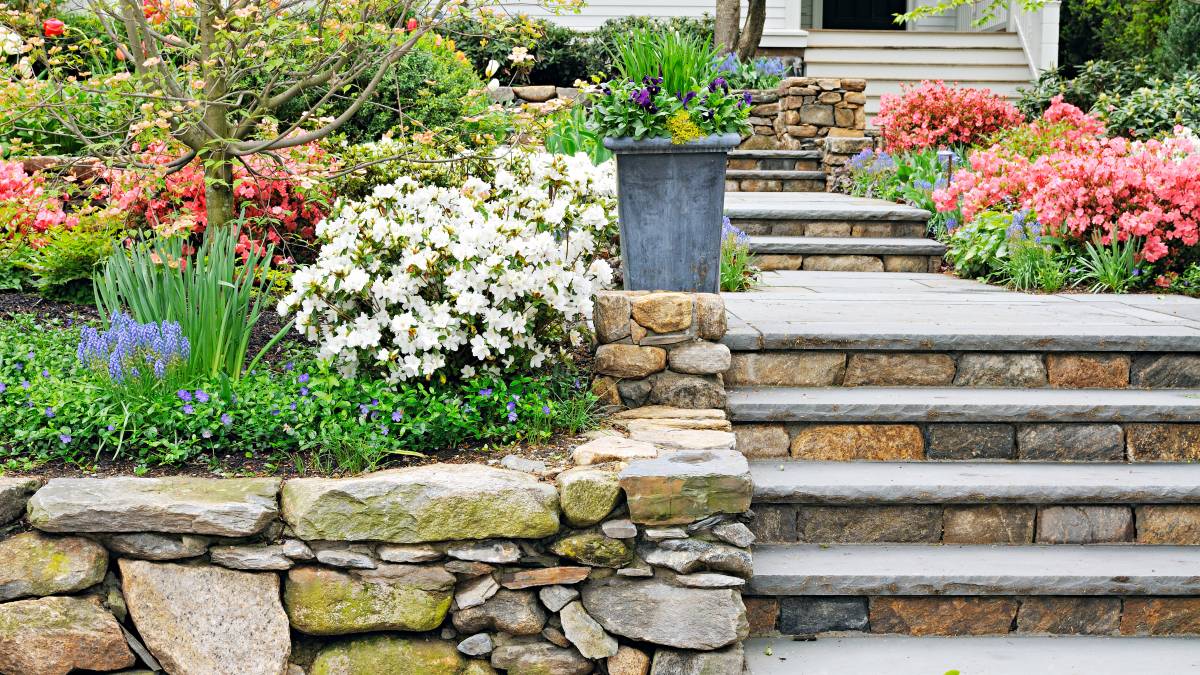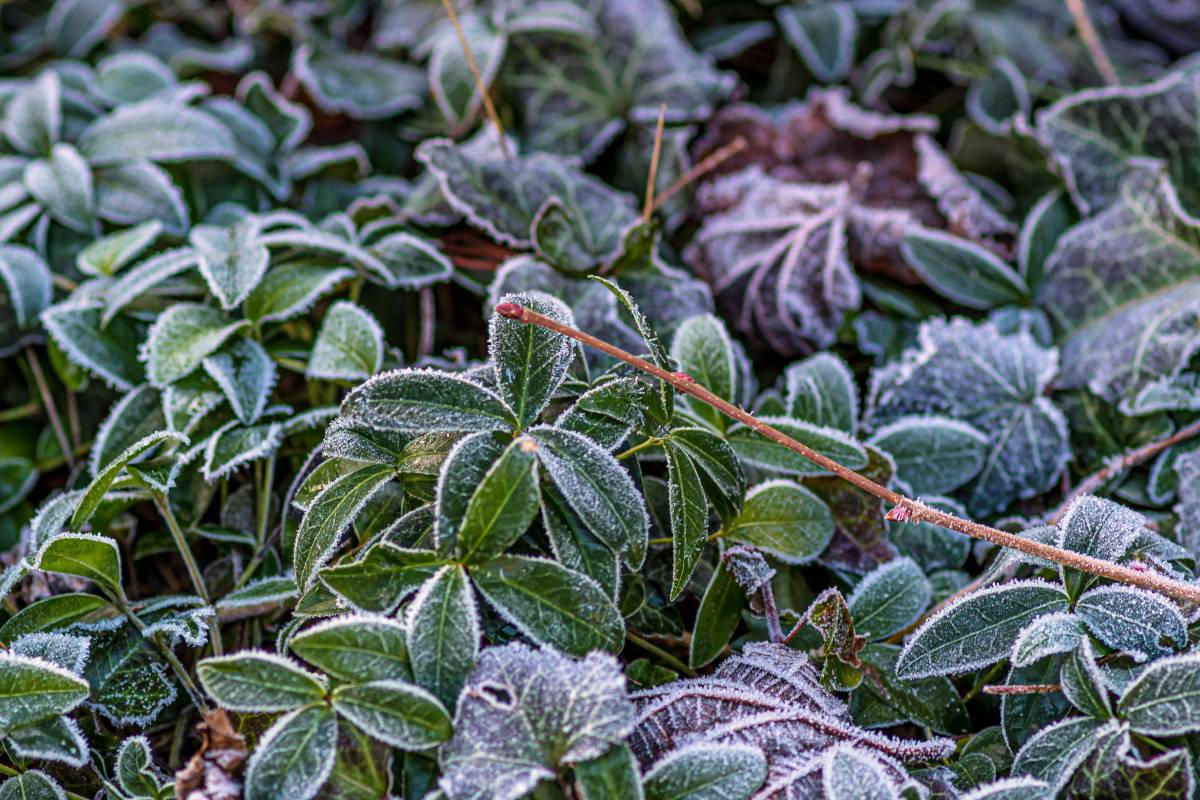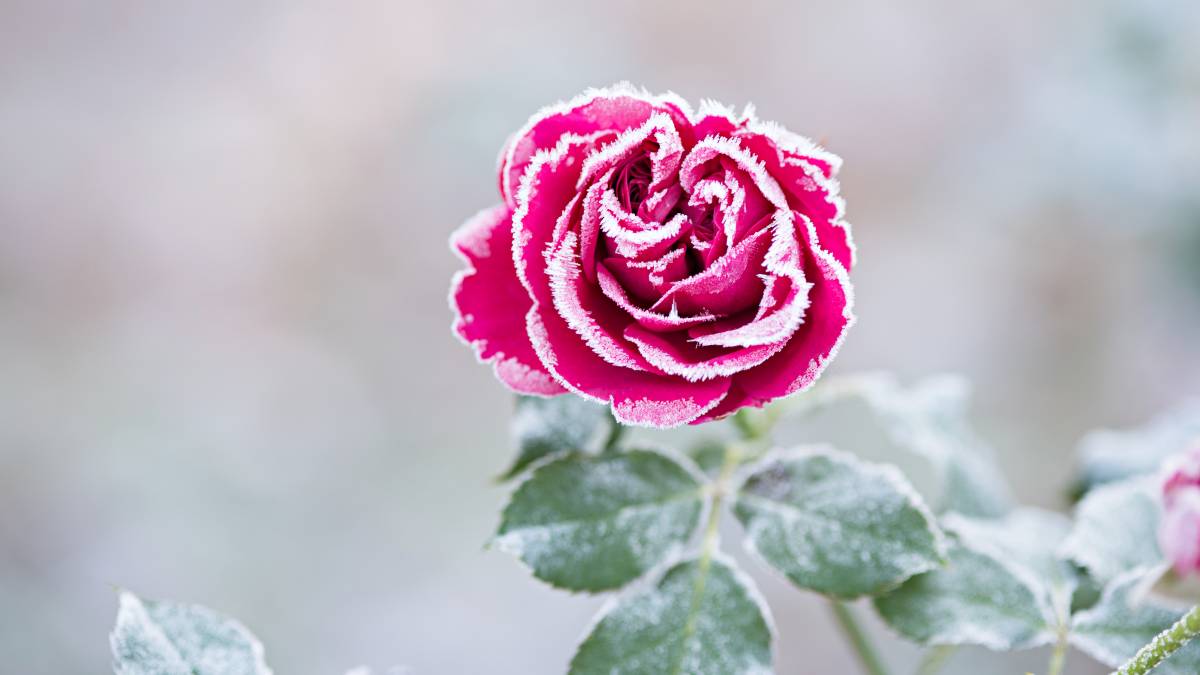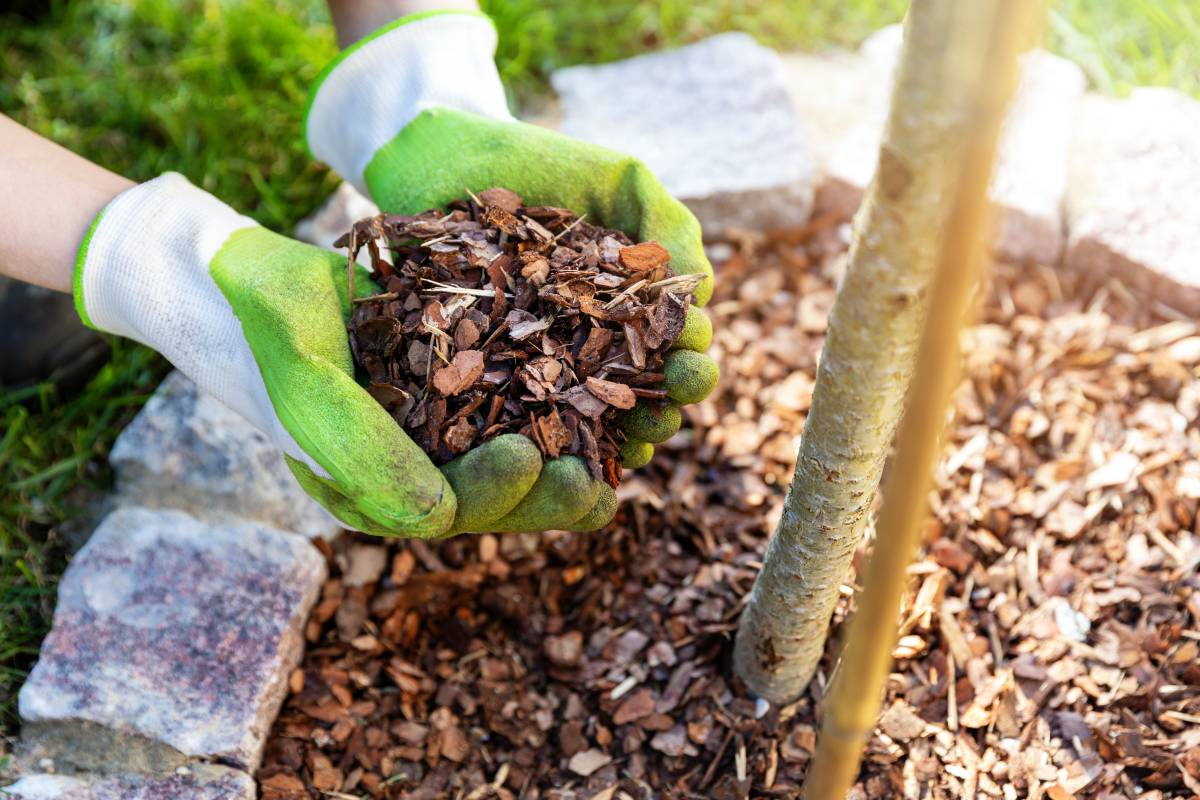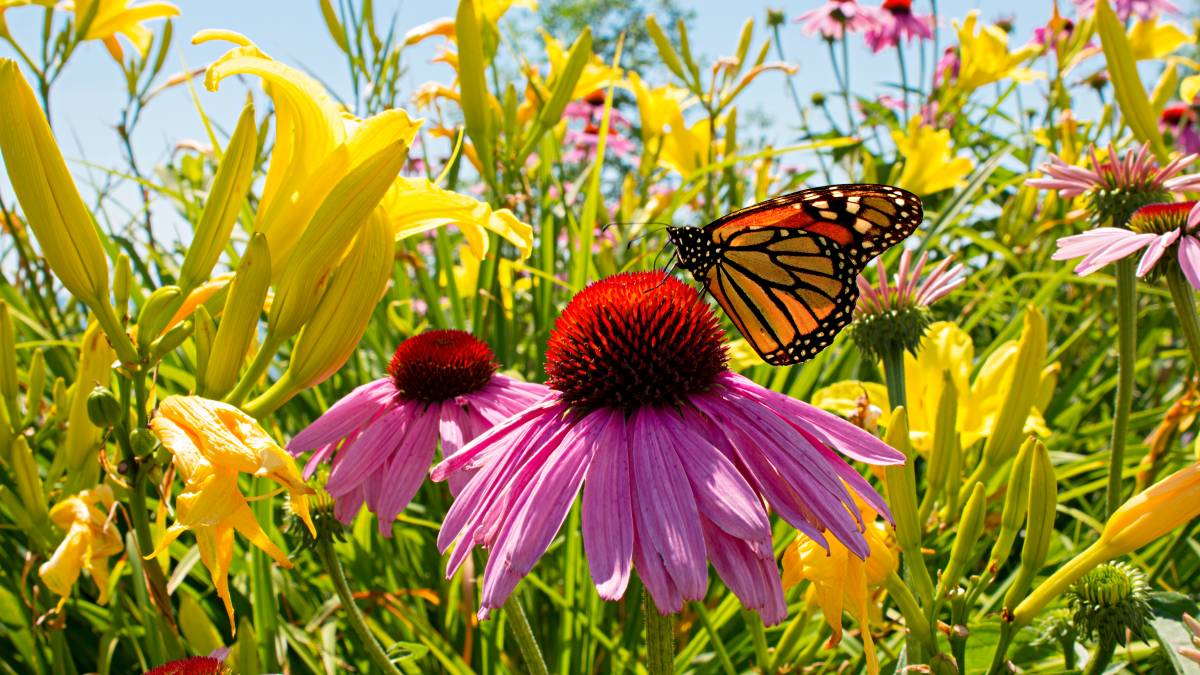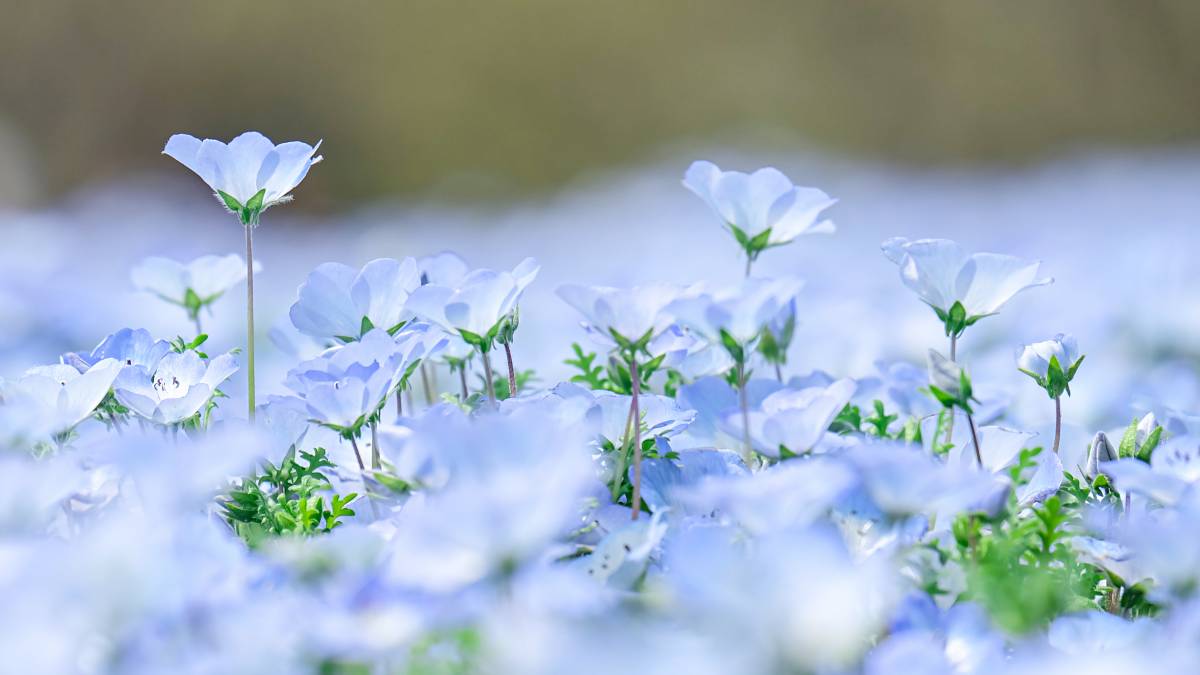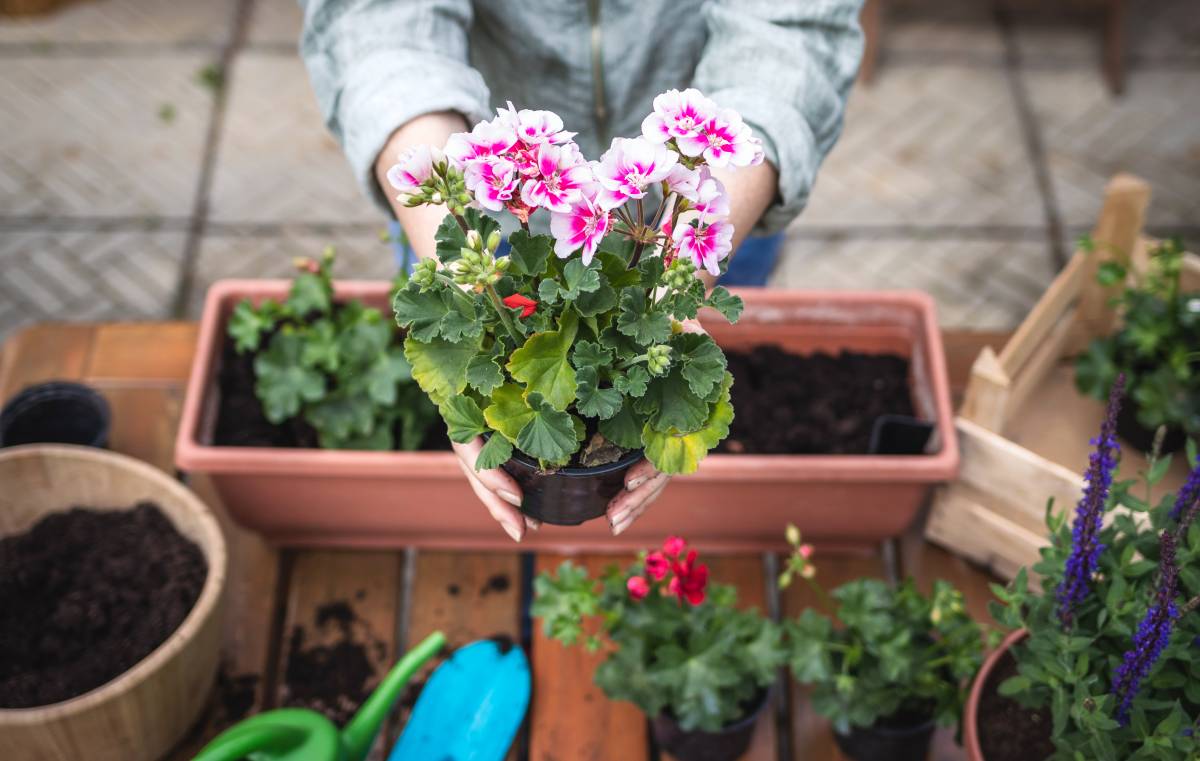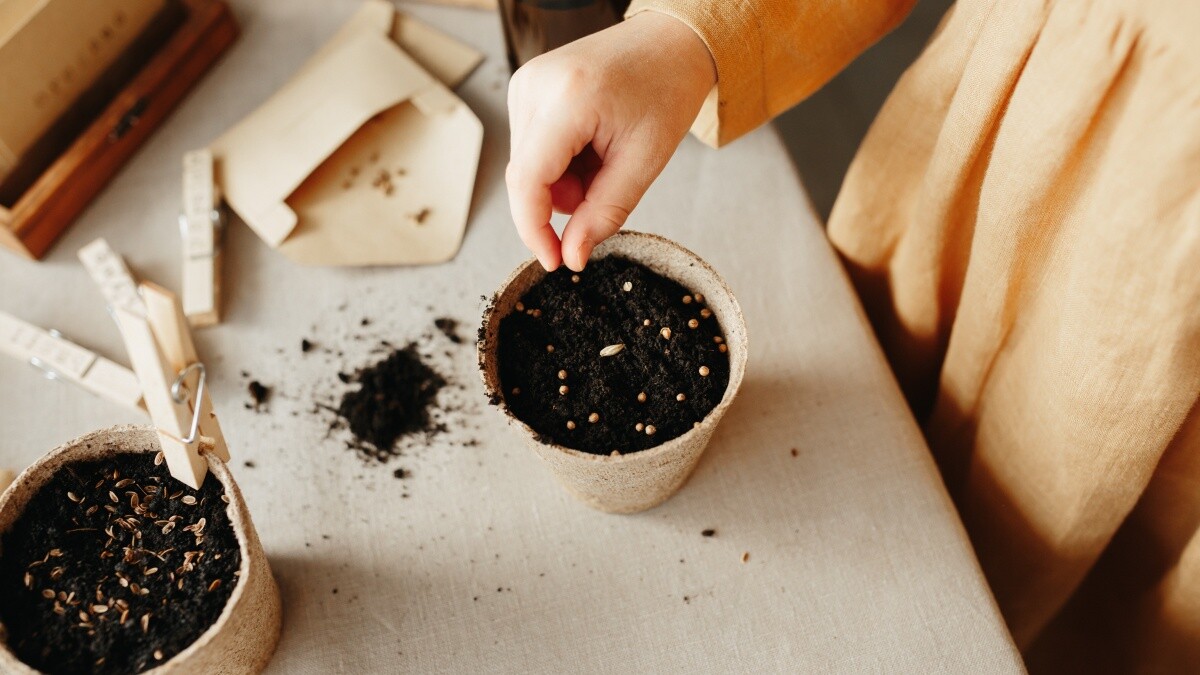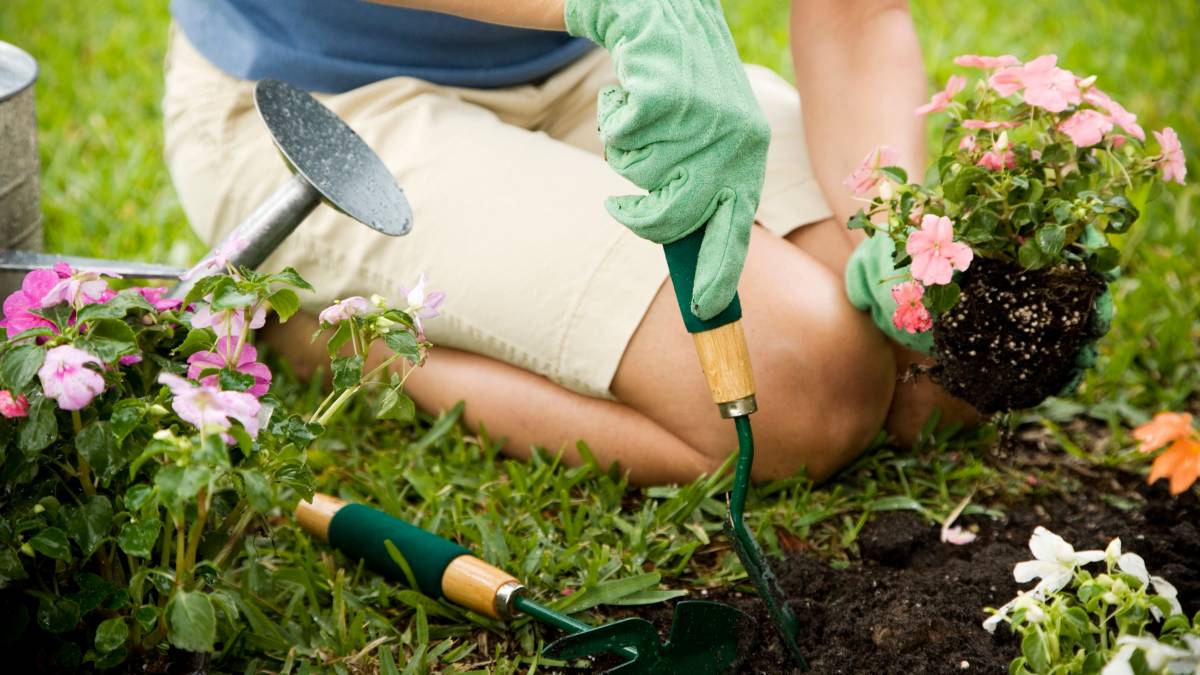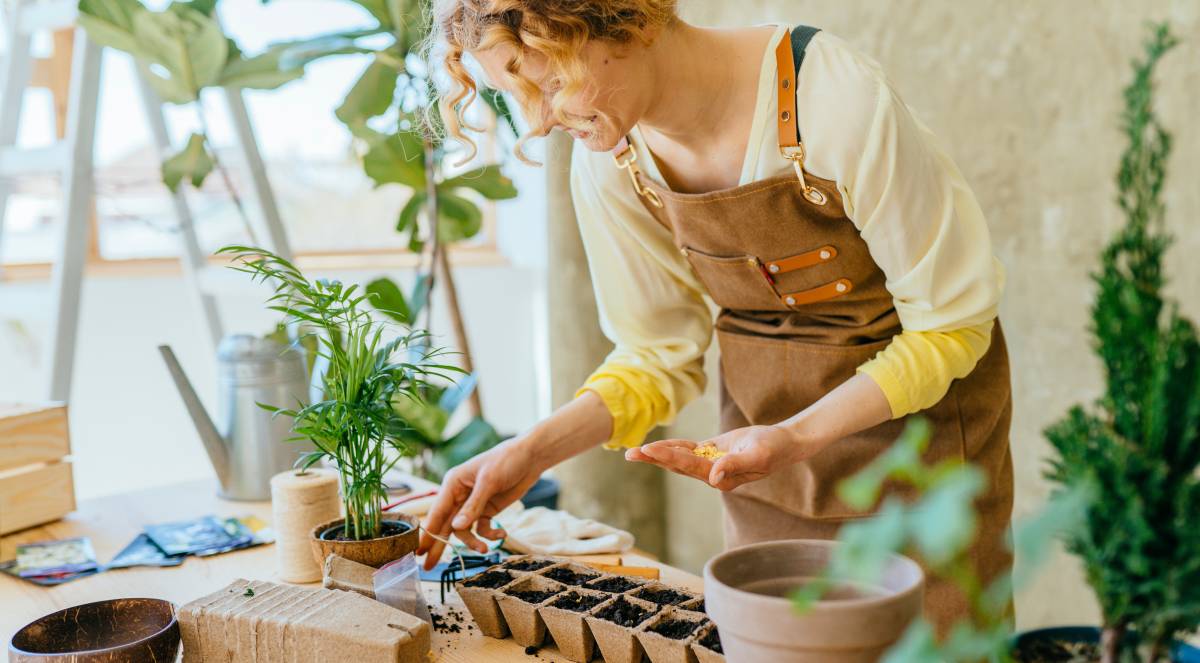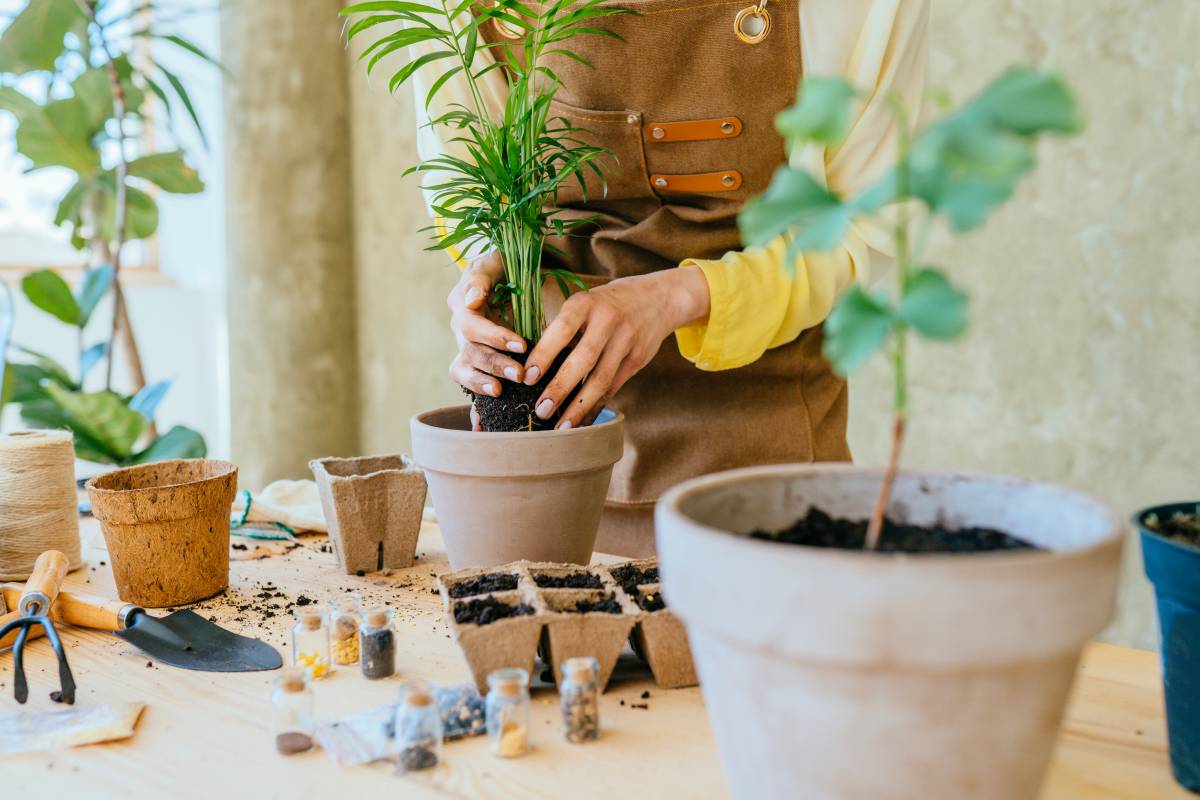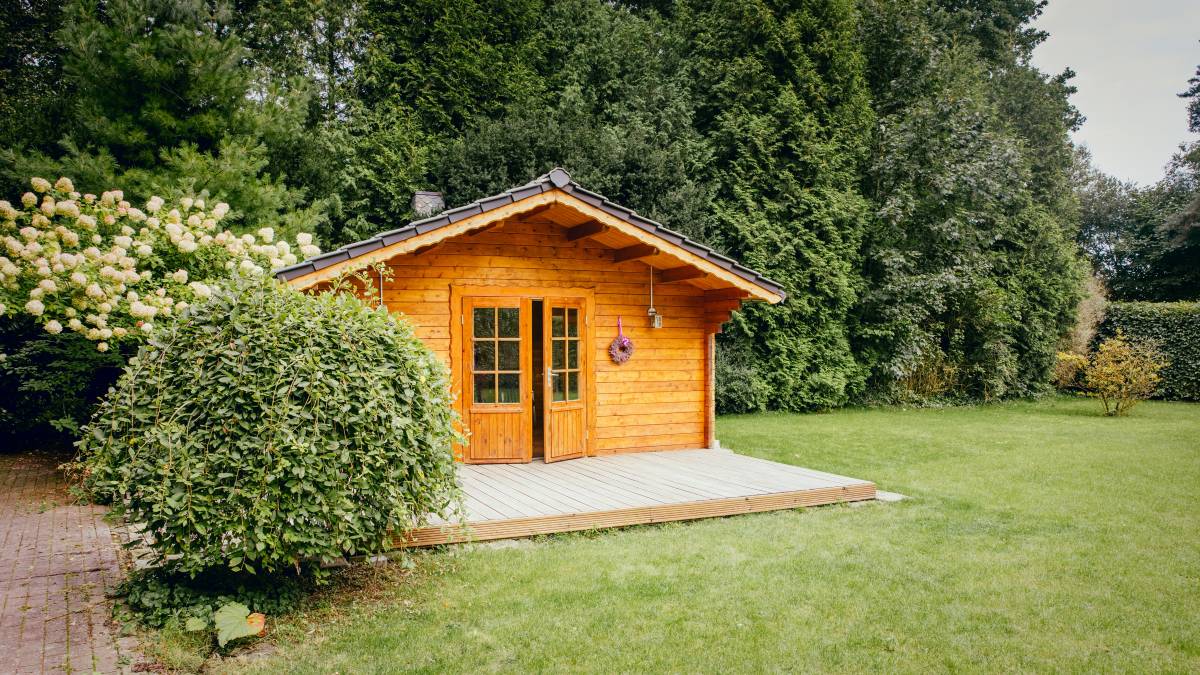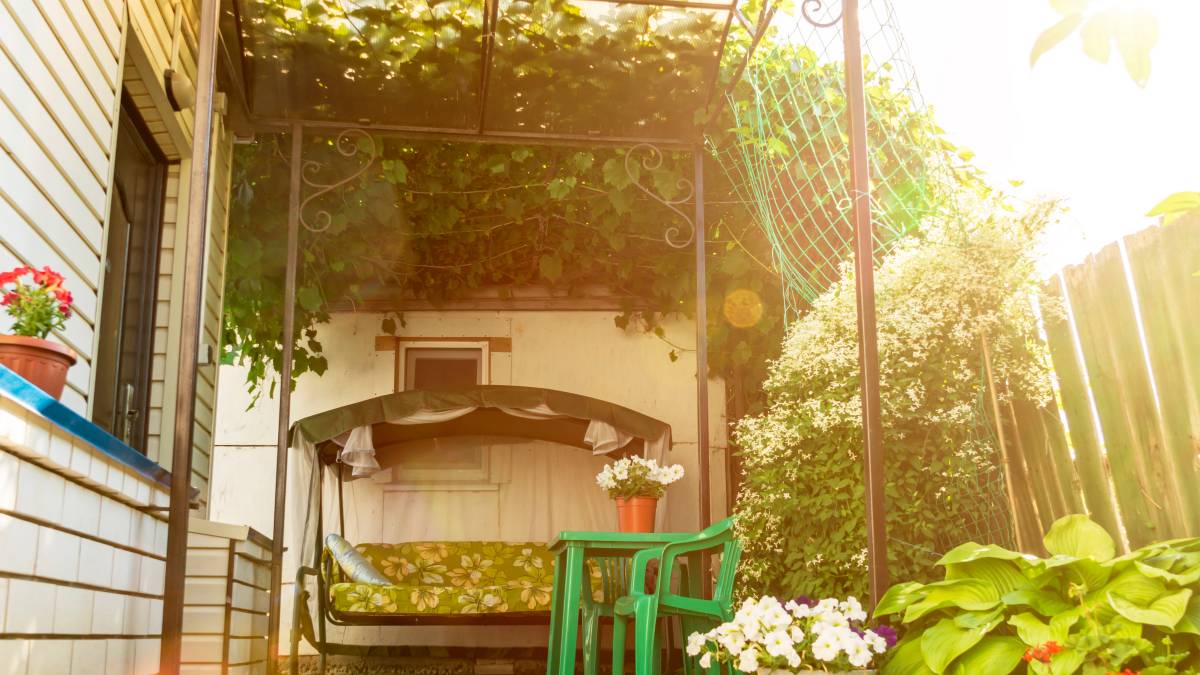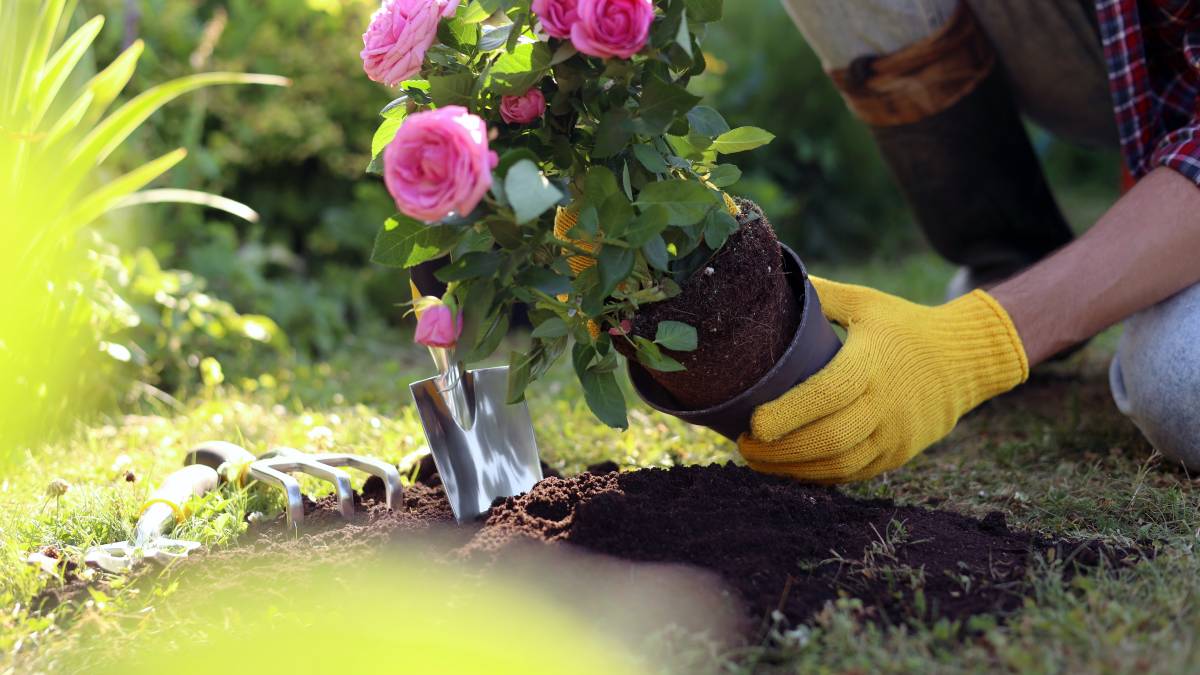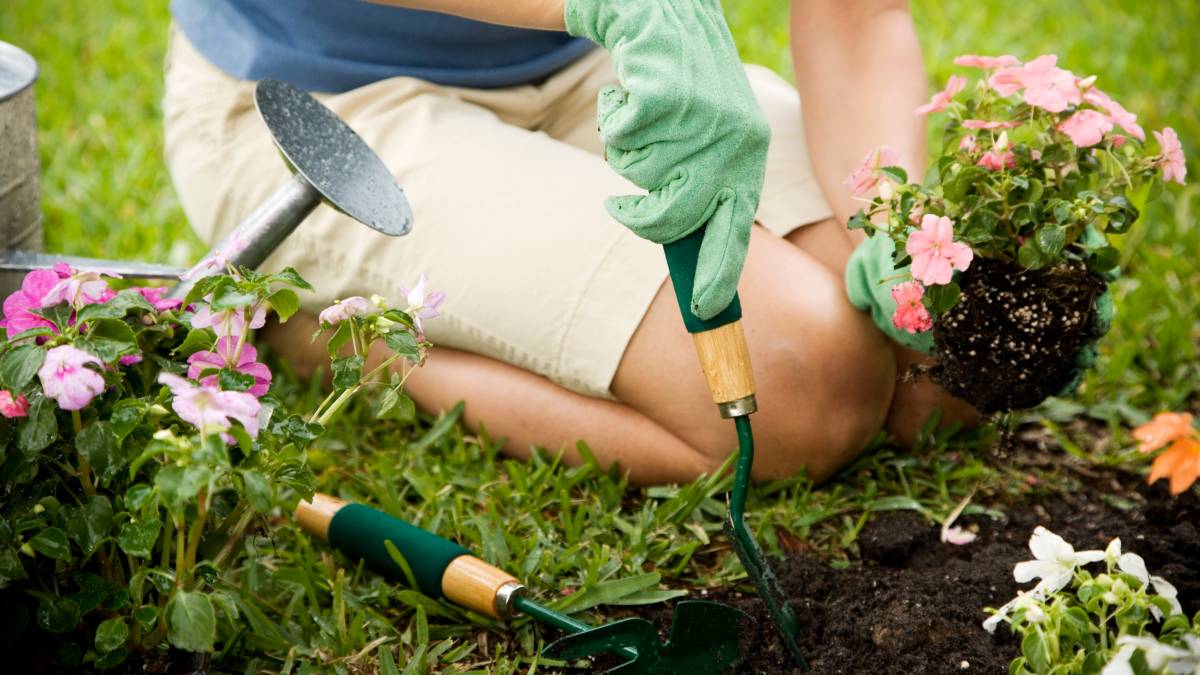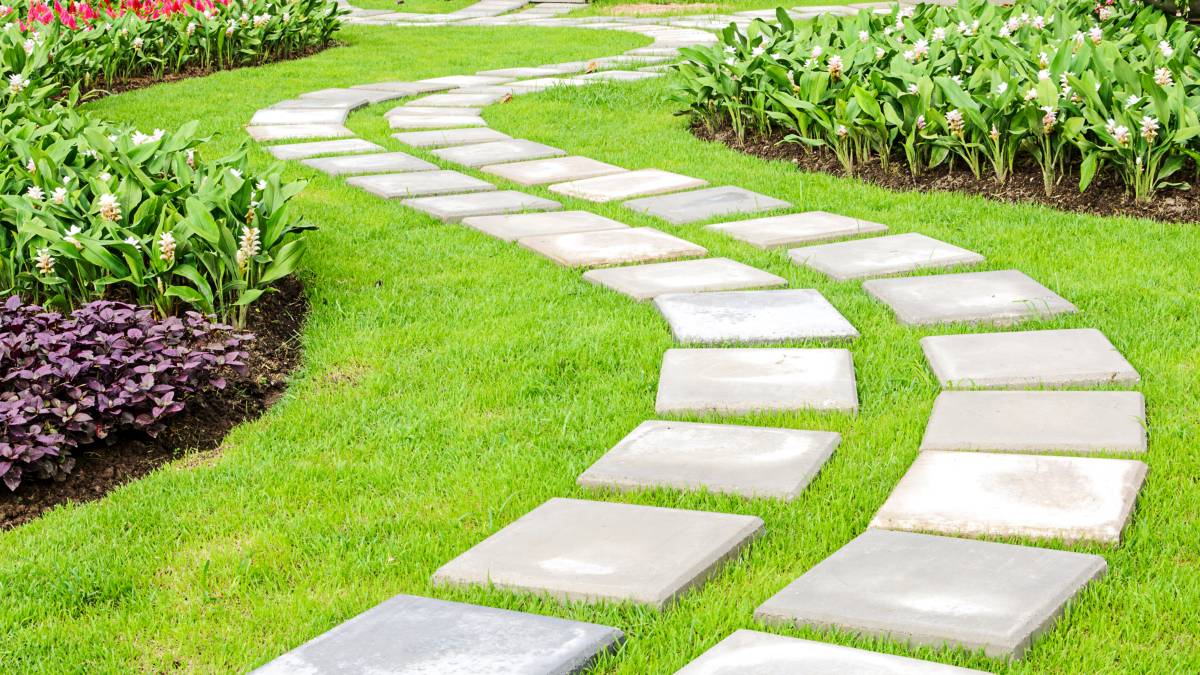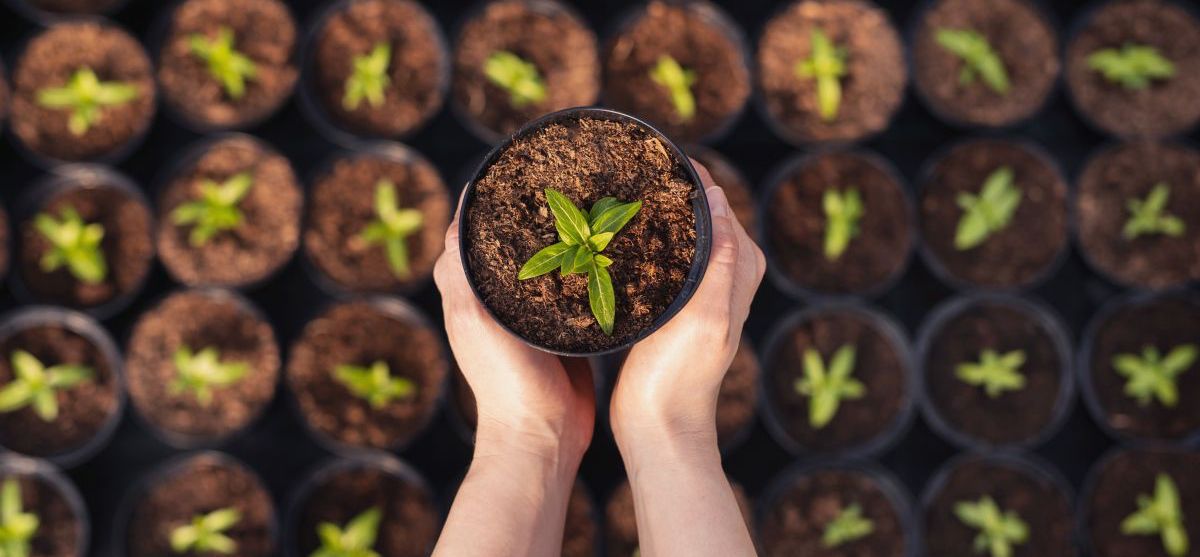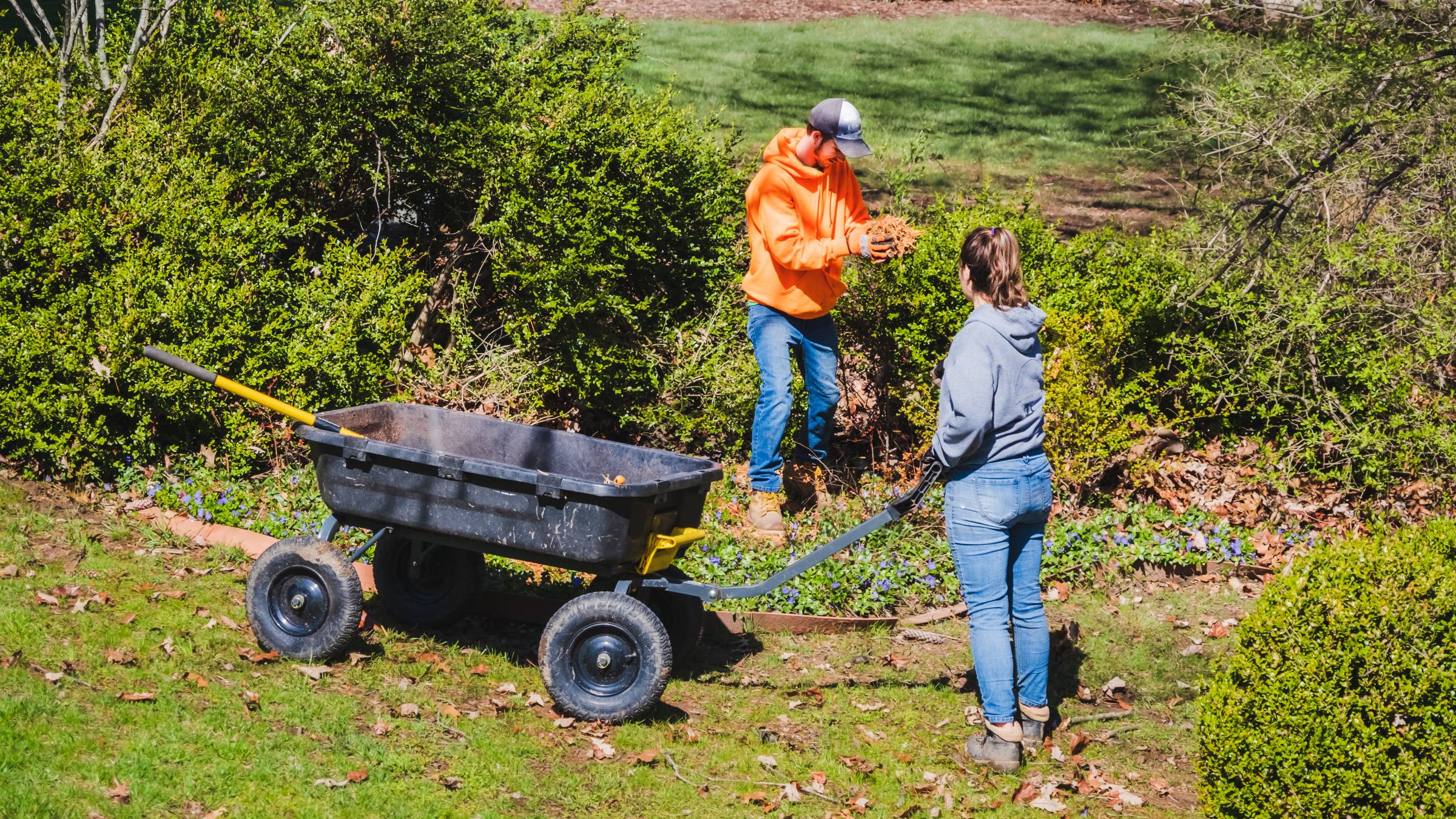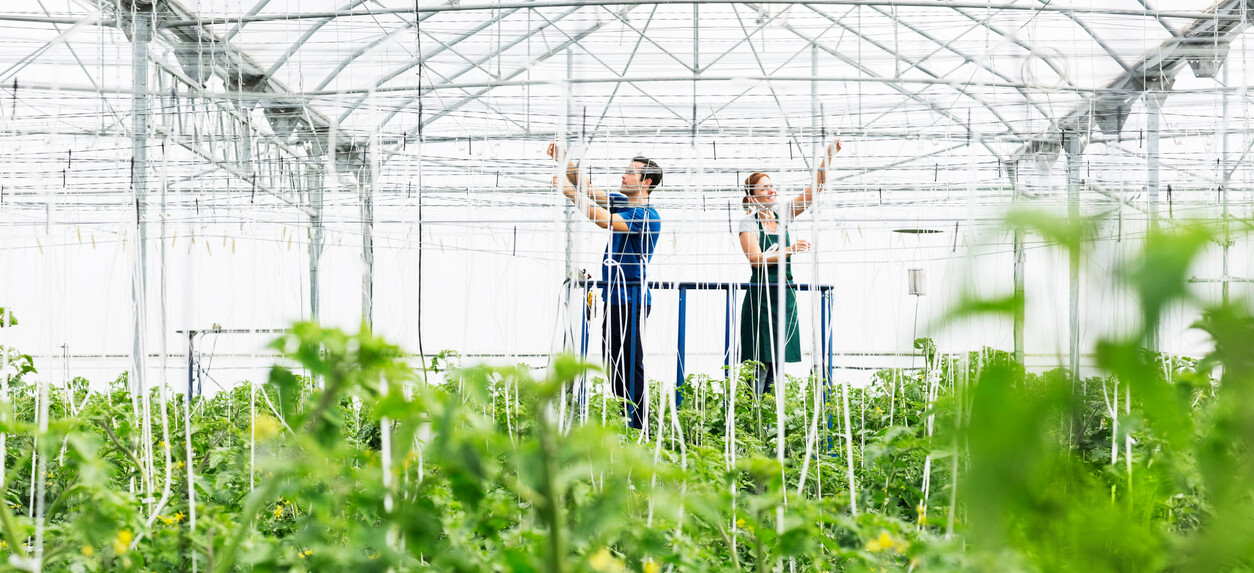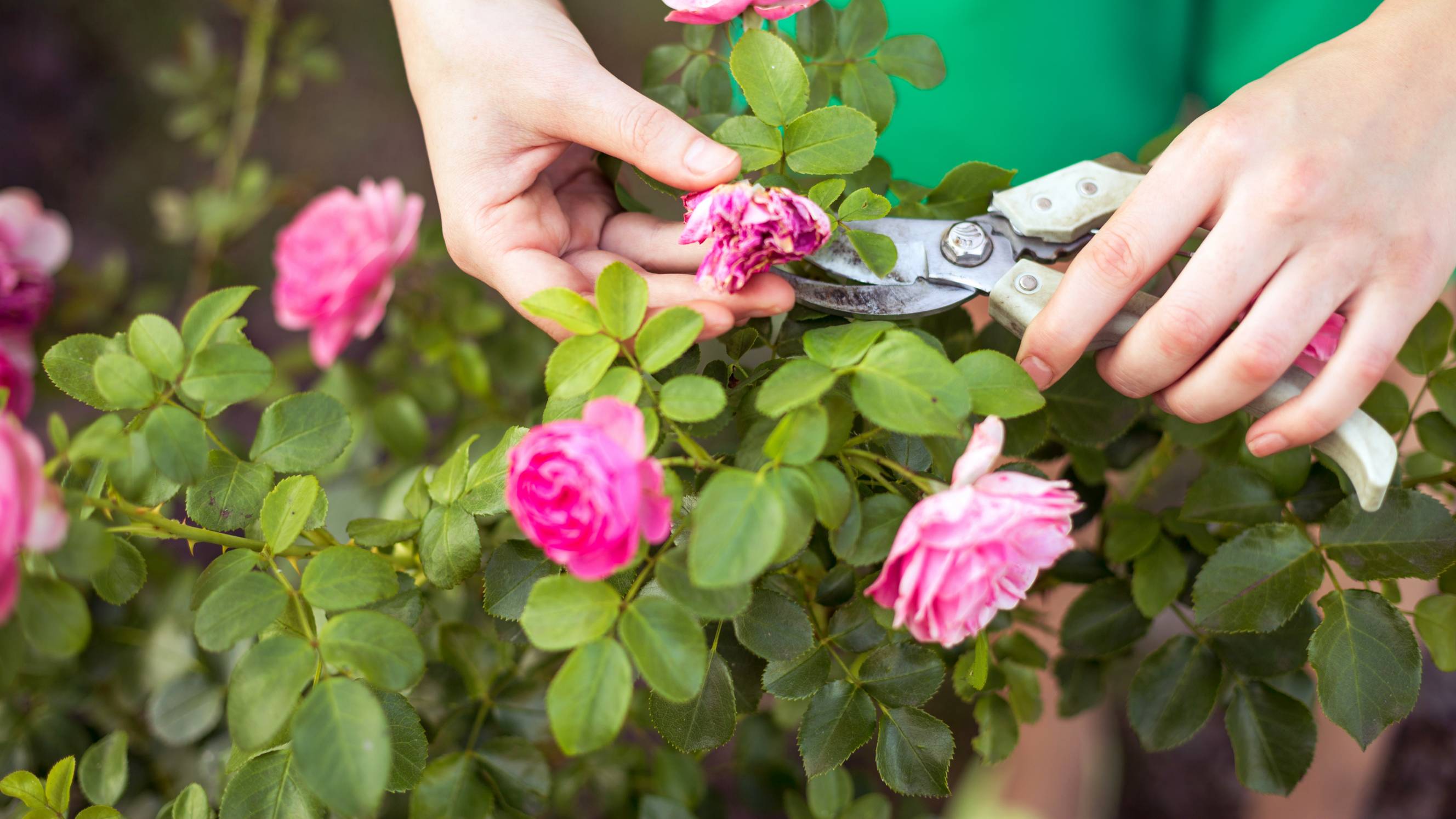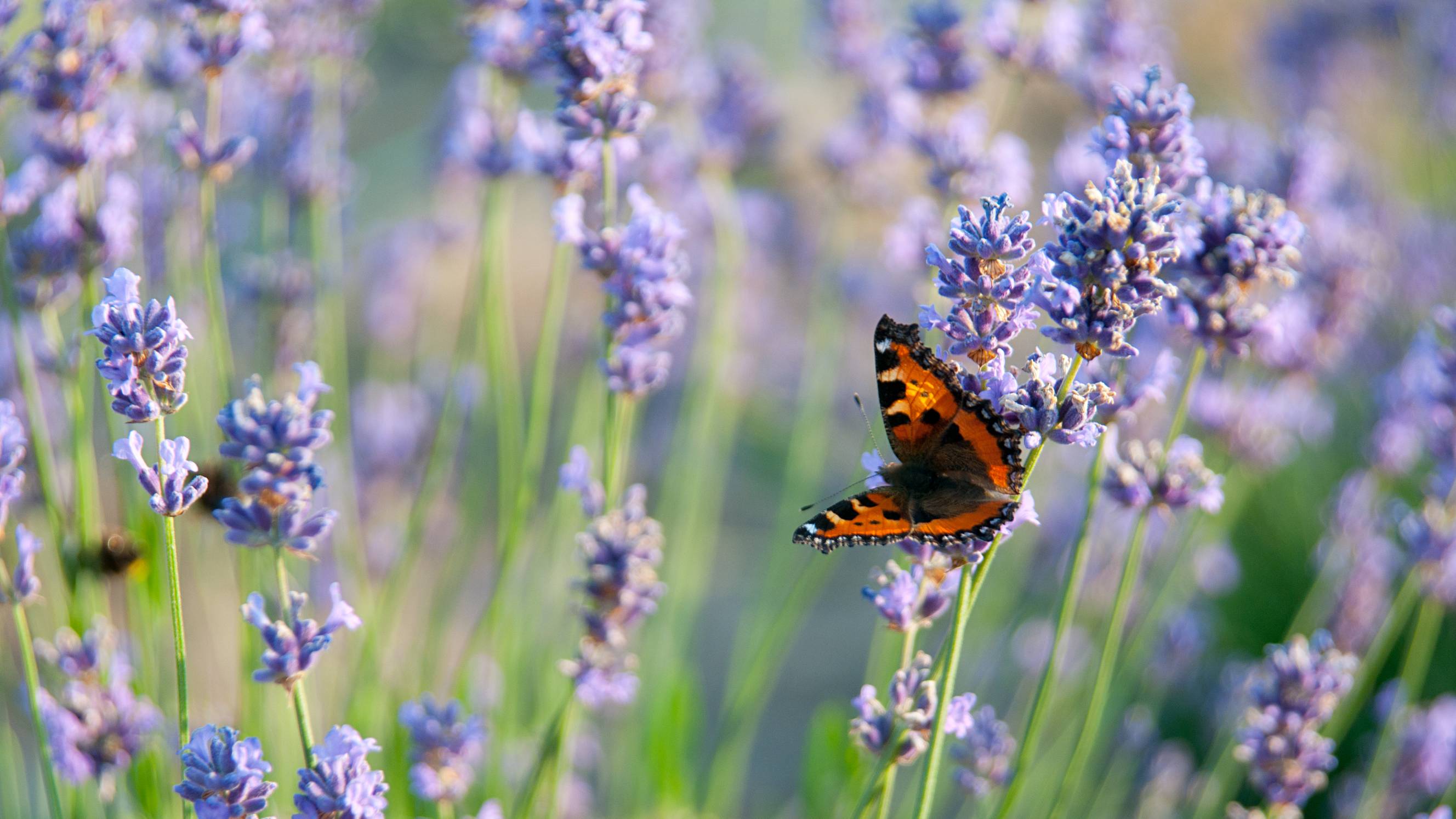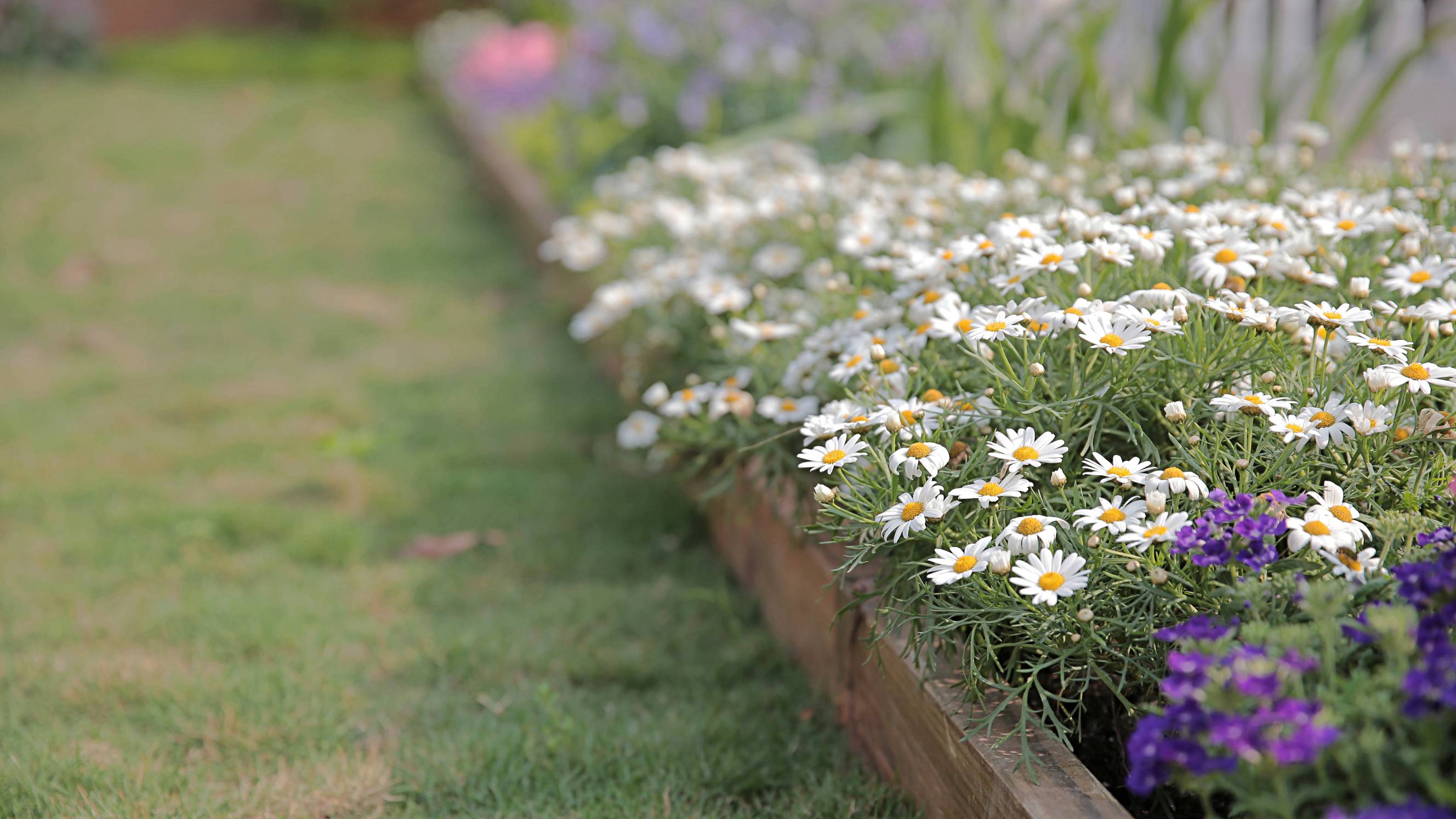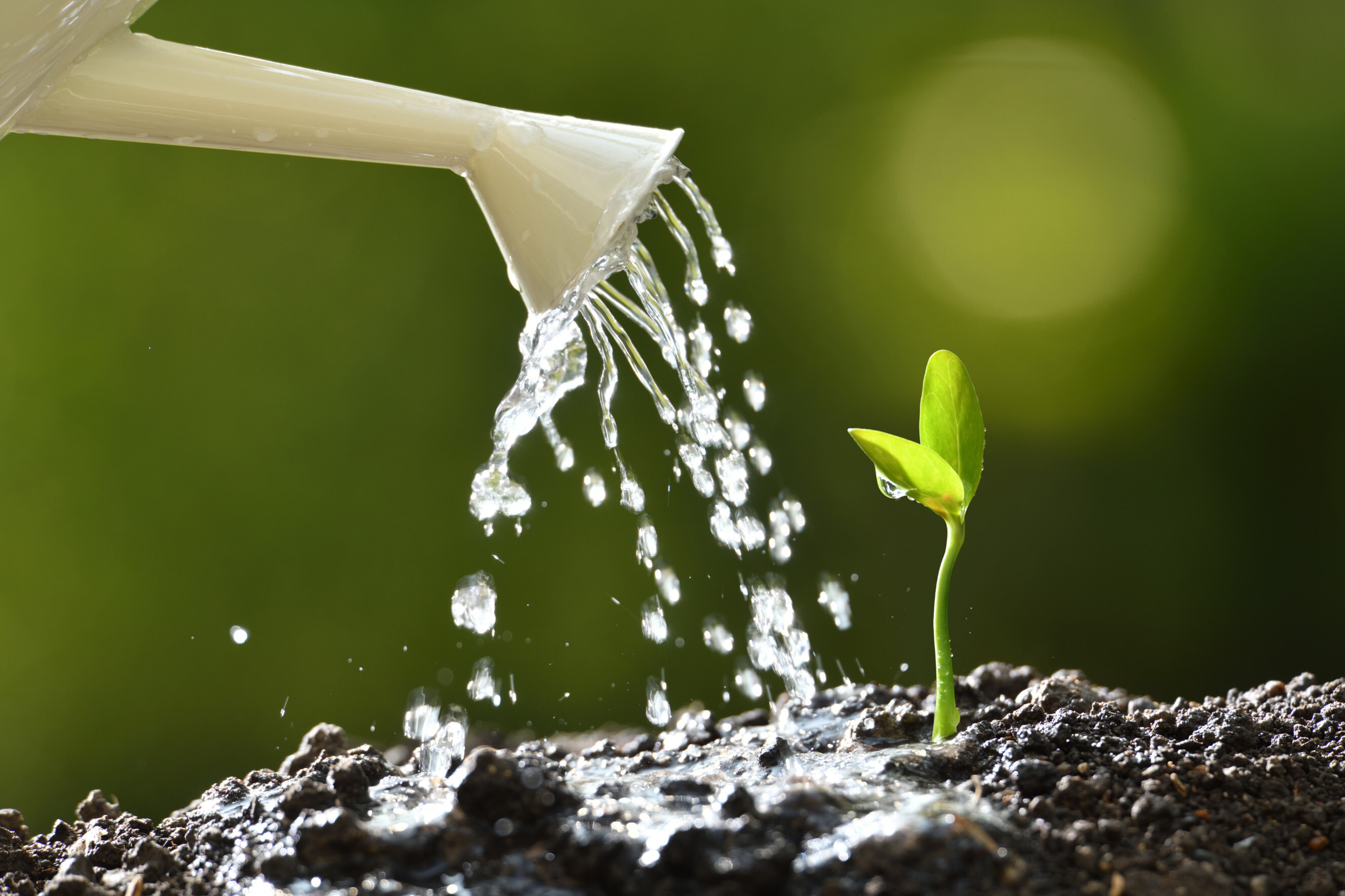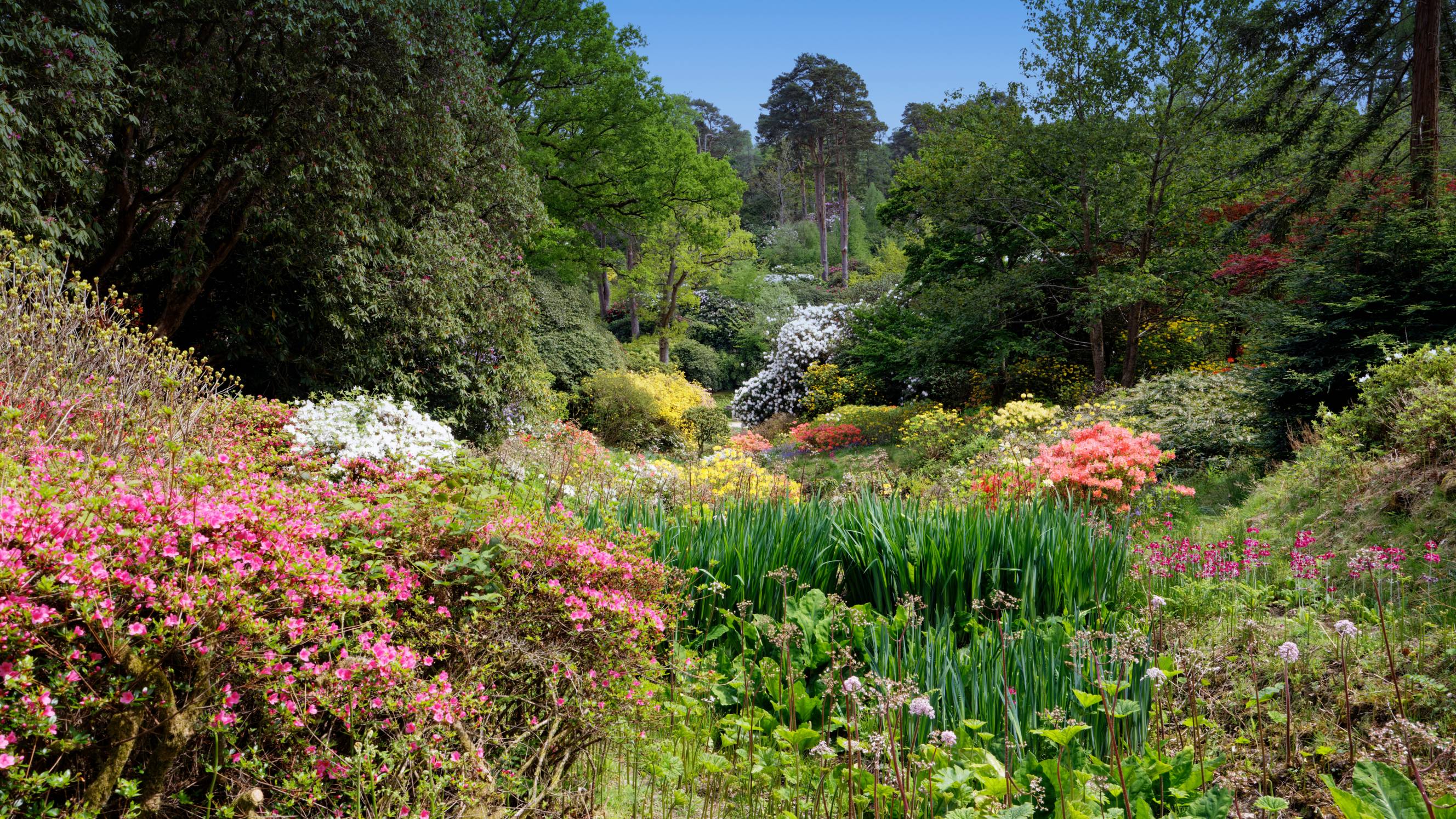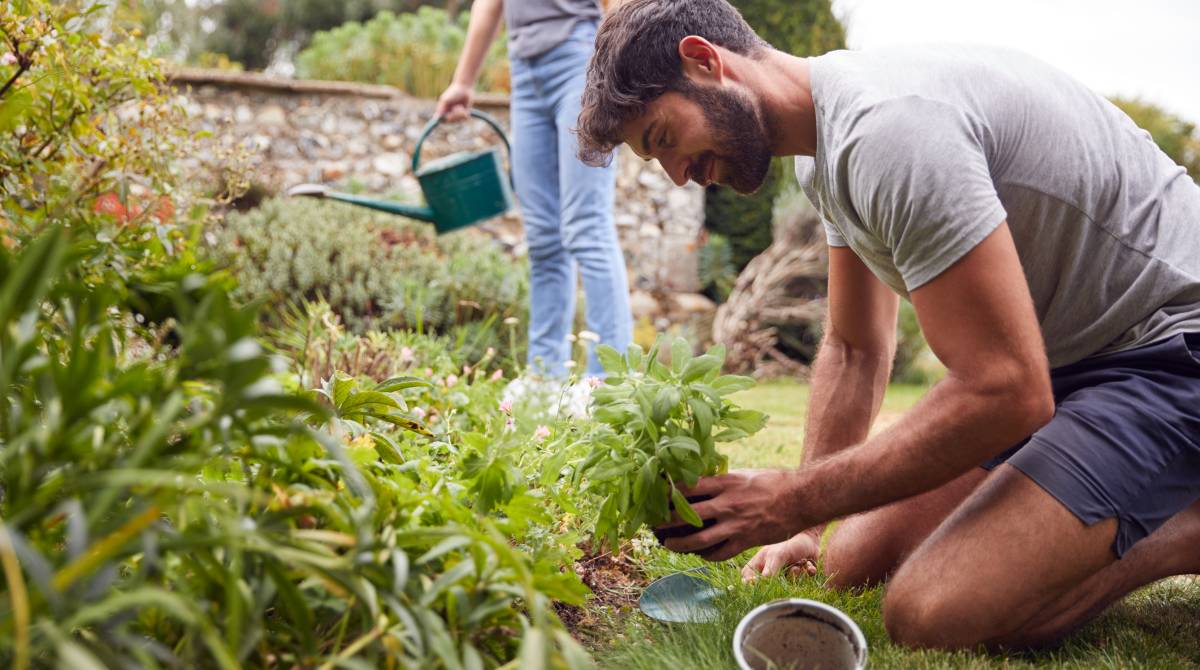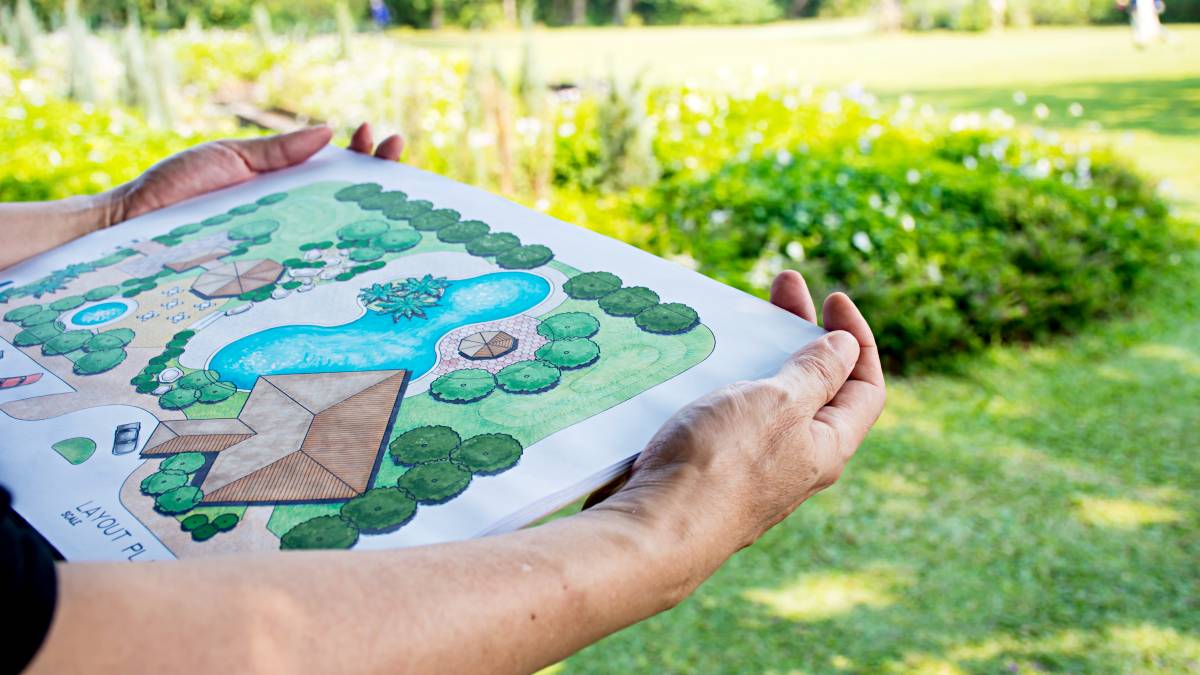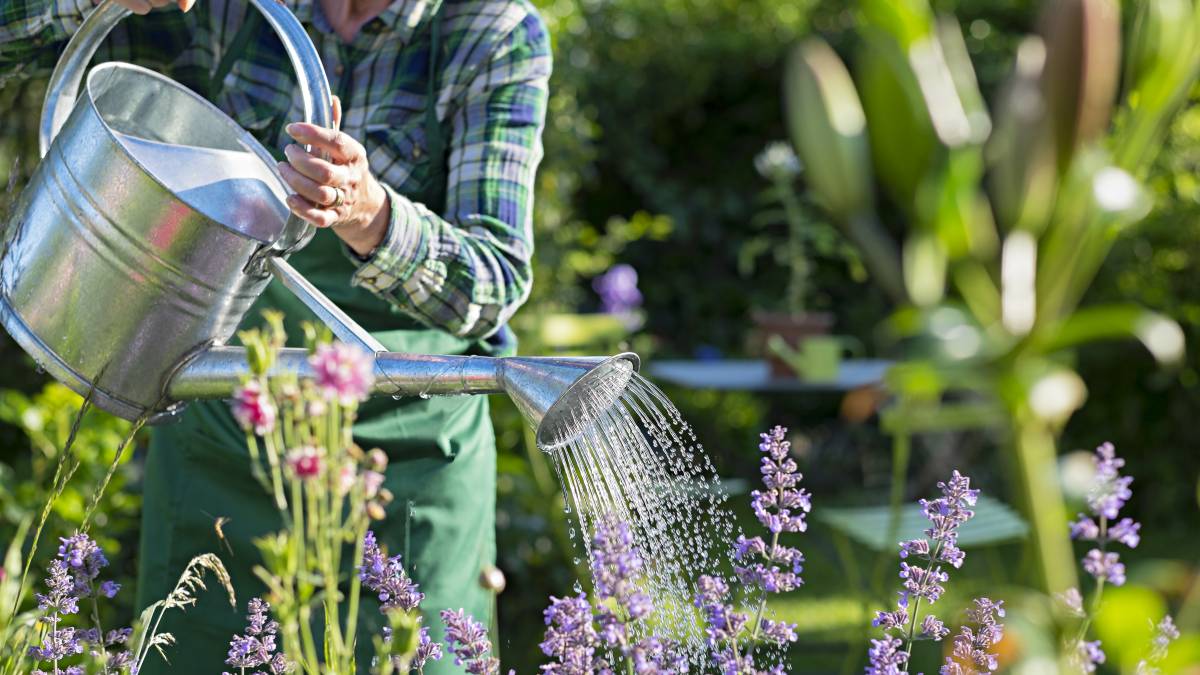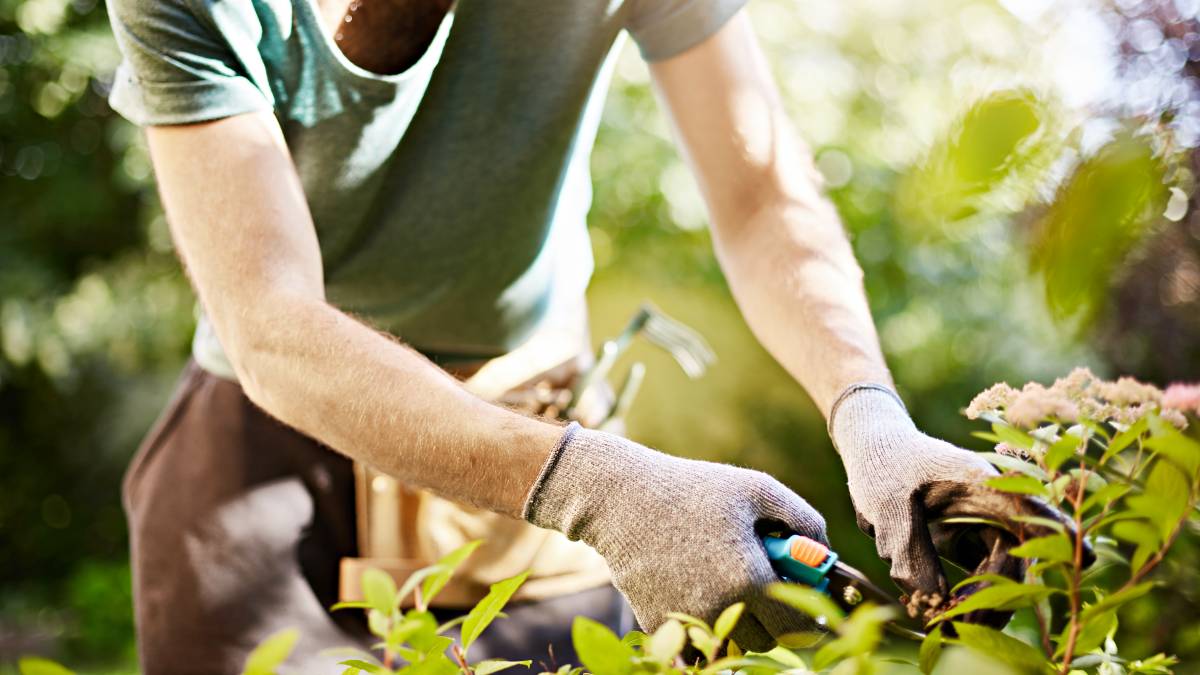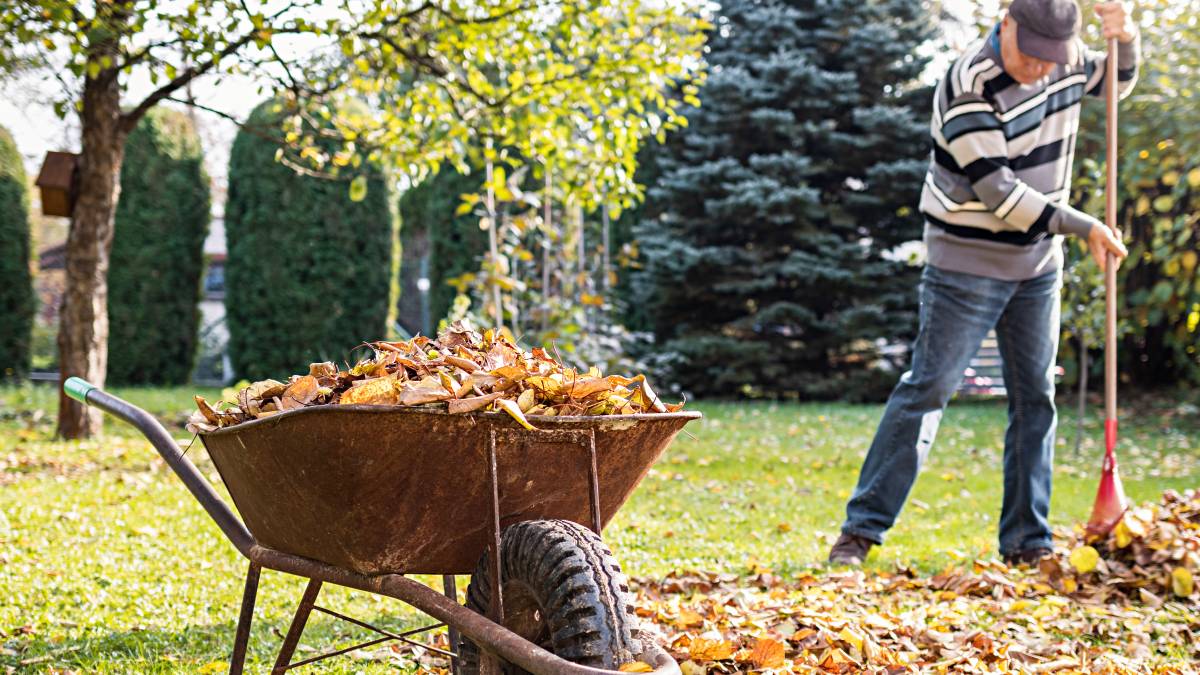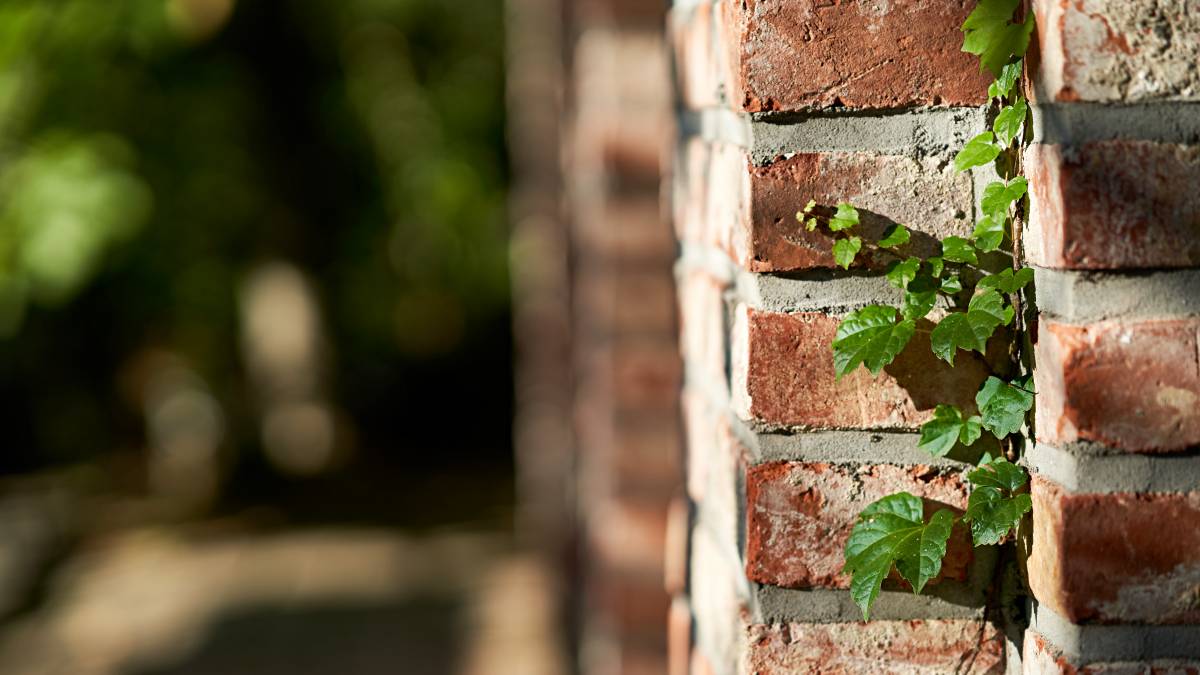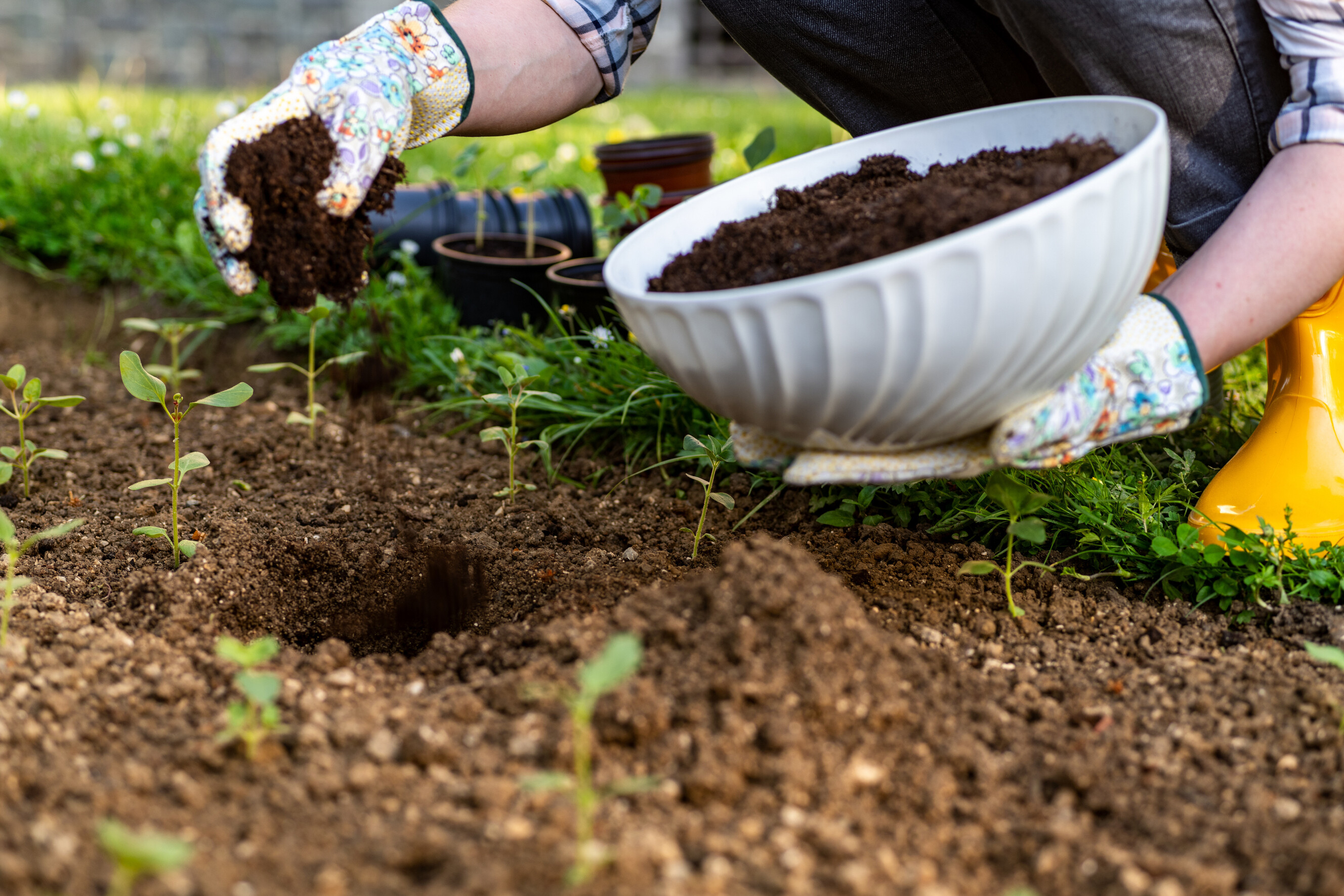
- Home/
- Comparisons/
- Gardener/
- Compost vs. Fertilizer
Compost vs fertiliser: Which is better for your garden?
Learn how compost and fertiliser differ based on their use, nutrient content, and more.
Published on

Written by Cielo B.
Staff Writer
Read more about our contributor
Key Facts
Compost is a nutrient-rich soil amendment made from organic materials such as fruit and vegetable scraps, leaves, and plant debris. It enhances soil structure, improves plant nutrient availability, and introduces beneficial microbes that support plant health and disease resistance.
Fertiliser is an organic or synthetic substance applied to soil to supply plants with essential nutrients such as nitrogen, phosphorus, and potassium, which are crucial for growth, root development, flowering, fruiting, and disease resistance.
A lush garden with vibrant blooms and bountiful harvests doesn’t grow overnight. You need to work for it by watering the plants every day, watching out for pests, and taking out the weeds. More importantly, you must add some compost and use fertilisers to ensure the plants get the proper nutrients to thrive. Knowing how and when to use compost vs fertiliser is equally essential because, as they say, anything in excess can be harmful.
What is compost?
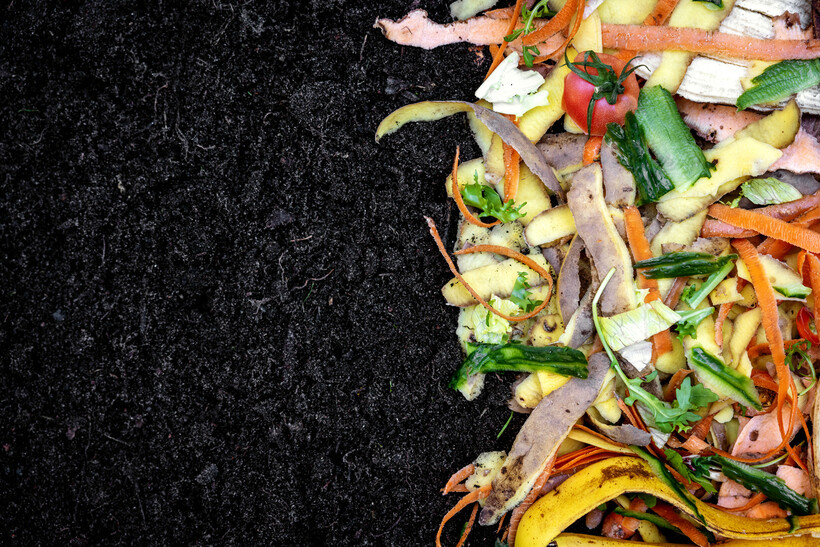 Organic kitchen waste being converted into compost. (Source: iStock)
Organic kitchen waste being converted into compost. (Source: iStock)
Compost is a soil booster composed of organic matter like garden waste, grass clippings, fallen leaves, plant debris and other vegetative waste. Over time, these organic materials break down into a dark, soil-like substance called a humus. So, what is compost used for? It works to improve soil structure because the humus creates a crumbly texture that allows oxygen and water to circulate and reach the plant roots.
Compost also provides plants with an added source of nutrients. As organic matter decomposes, it slowly releases nutrients over time, supplying both plants and soil with a steady source and ensuring the soil remains fertile.
One of the benefits of composting is that it introduces beneficial microbes and bacteria into the soil. These include Thermophilic bacteria, which increase soil temperature to kill weed seeds; Azospirillum, a nitrogen-fixing bacterium that aids in root growth; and Bacillus subtilis, which releases antifungal molecules to keep plants free from diseases.
Compost comes in many types, including:
Green compost - nitrogen-rich compost made from grass clippings, dead green plants, and fruit and vegetable waste; boosts beneficial microbes growth.
Brown compost - carbon-rich material composed of paper, cardboard, and wood pruning; provides beneficial microbes energy, bolstering the composting process.
Fresh compost - partially decomposed organic material high in nutrients.
Mature or finished compost - fully decomposed organic matter with a dark, crumbly texture.
Recycled compost - processed compost made out of green and organic waste.
What is fertiliser?
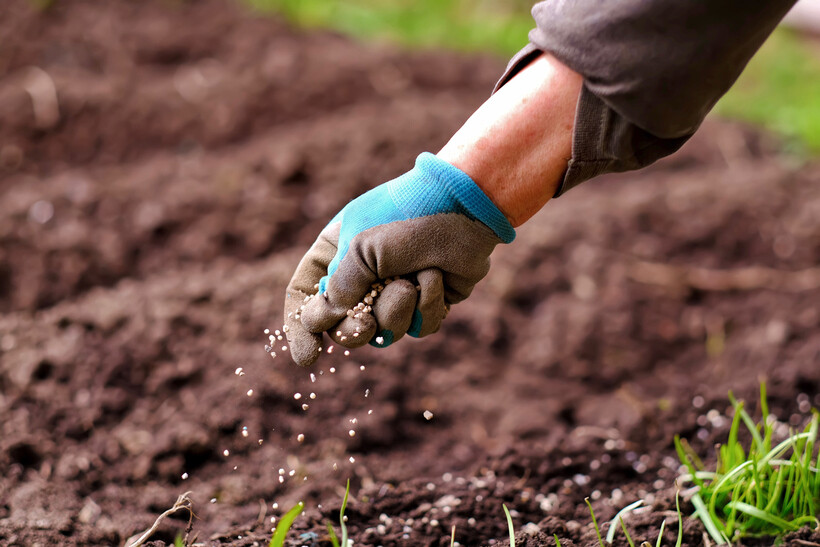 Granular fertiliser being added to garden soil. (Source: iStock)
Granular fertiliser being added to garden soil. (Source: iStock)
A fertiliser is a substance added into the soil to provide plants with essential nutrients like nitrogen (N) for leaf and stem growth, phosphorus (P) for root development, flowering, and fruiting, and potassium (K) for plant disease resistance. It can be classified into two categories:
Organic fertilisers are derived from natural sources like plant residues, animal matter or manure, bone meal or dried animal bones, and blood meal or dried, ground-up blood from cows and pigs.
Synthetic fertilisers are chemically processed and formulated to meet the precise nutritional needs of plants. They typically have higher nutrient content than organic fertilisers.
Fertiliser vs compost: Which is the better choice?
If you’re new to gardening, learning about plant growth and maintenance can be overwhelming. Take it slow and start with the plant food basics, such as fertiliser vs compost, since these are essential for growing a garden.
In terms of use and purpose
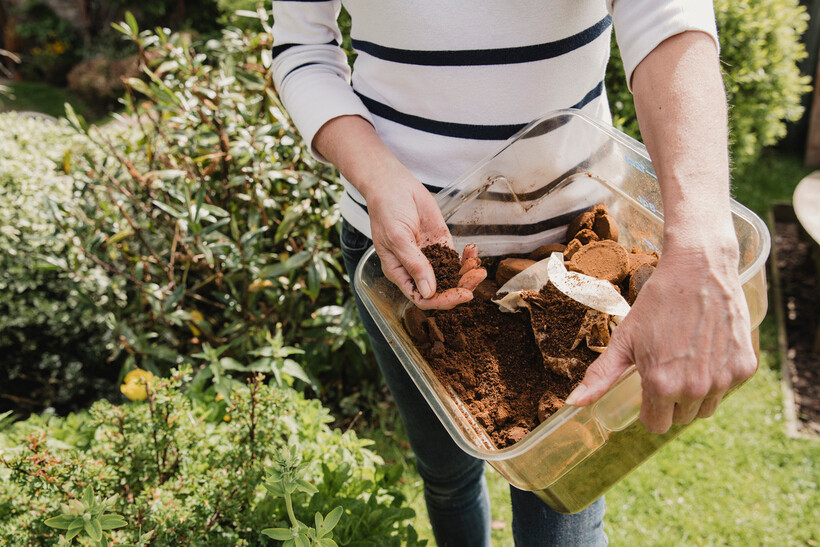 Enriching garden soil with homemade organic compost. (Source: iStock)
Enriching garden soil with homemade organic compost. (Source: iStock)
Both fertilisers and compost help boost plant health, but they do it differently. Fertilisers correct and address specific nutrient deficiencies in plants, while compost creates an ideal soil environment for plants to grow.
Here’s a specific scenario for using fertilisers: when the leaves appear very yellow, it indicates a lack of nitrogen. You can use an organic fertiliser such as blood meal for this, as it’s high in nitrogen. Another scenario where fertilisers can be helpful is when plants experience slow and stunted growth. You could add phosphorus-rich fertiliser to encourage root development and boost plant growth.
Meanwhile, compost is best used when plants can’t absorb the nutrients from soil that’s dense and compacted. This can loosen up the compacted soil particles because compost comprises organic matter that decomposes over time. The decomposition process helps create spaces in the soil since beneficial organisms burrow and tunnel through the soil.
You can also use compost to improve soil water retention. The organic materials will serve as sponges, helping to hold onto the water molecules and preventing the plants from getting overwatered or underwatered.
In terms of nutrient content
Compost and fertilisers contain similar nutrients, as both are rich in nitrogen for leaf and stem growth, phosphorus for root development, potassium for plant disease resistance, and micronutrients like zinc, iron, and calcium. However, fertilisers have a higher nutrient content than compost because, unlike compost, which is used as a soil amendment, fertilisers are plant foods formulated to address nutrient deficiencies.
Here’s a table of the nutrient breakdown of compost vs fertilisers, focusing only on the primary macronutrients:
Nutrient Content |
Fertilisers |
Compost |
|---|---|---|
Nitrogen (N) |
30 - 50% |
1 - 2 % |
Phosphorus (P) |
10 - 30% |
Less than 1% |
Potassium (K) |
10 - 30% |
0.5 - 1% |
Even though compost doesn’t provide immediate nutritional value to plants, it can help boost plant and soil health. The beneficial microorganisms in compost help release the nutrients slowly, providing plants with a consistent supply.
In terms of application
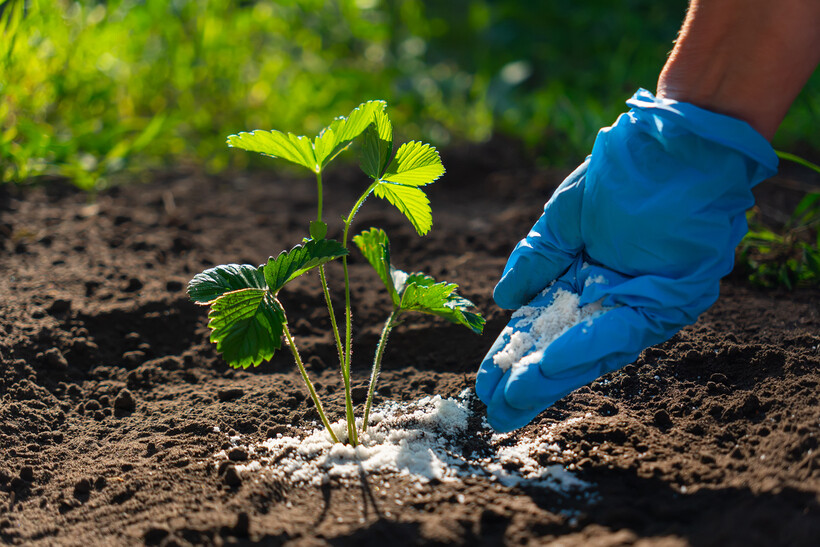 Hands spreading fertiliser around a seedling. (Source: iStock)
Hands spreading fertiliser around a seedling. (Source: iStock)
Fertilisers have a more complex application process than compost because you usually have to measure the amount you apply to avoid harming the plants. Remember that fertilisers are high in nutrient content, so overapplication can cause the roots to shrink and make the plants more susceptible to diseases. Here are some of the ways to properly apply fertiliser:
Broadcasting is ideal for lawns and large gardens, where the fertiliser is spread evenly to distribute nutrient content uniformly to the soil.
Side-dressing is ideal for vegetable gardens and row crops. It involves sprinkling the fertiliser beside the plants to deliver nutrients directly to the roots.
Foliar feeding is ideal for plants with yellowing leaves. It involves directly spraying the liquid fertiliser onto the leaves for immediate nutrient absorption.
Incorporation is ideal for preparing new planting areas. It involves mixing fertilisers into the soil to provide nutrients as the plant grows.
Compost also comes with different application methods. Here’s how to use compost:
Top dressing involves adding compost to the upper soil layers, ideal for lawn care and established gardens.
Mulching involves spreading compost around the soil to keep it moist and prevent weed growth. It’s ideal for trees, shrubs, and garden beds.
Compost tea involves brewing the compost and directly applying it to the leaves. It’s ideal for plants with nutrient deficiencies, like yellowing leaves.
Incorporation involves mixing the compost into the topmost layer of the soil to keep it moist, suppress weeds, and gradually add nutrients.
How frequently you should apply them depends on the plant’s needs. But to give you an idea, fertilisers are typically applied monthly, while compost is generally applied once or twice a year.
In terms of environmental impact
Compost has less environmental impact than fertilisers because compost is made from repurposing food scraps and yard waste. This helps decrease landfill waste and reduces methane emissions, one of the largest contributors to greenhouse gases. Plus, compost helps trap carbon in the soil.
Conversely, fertilisers can be detrimental to the environment because their manufacturing process involves the use of fossil fuels. Chemical fertilisers, specifically synthetic nitrogen-based fertilisers, release nitrous oxide, a potent greenhouse gas.
Even though some fertilisers are made from organic materials, they can still lead to nutrient runoff if used excessively. In other words, the excess nutrients from fertilisers can be washed away to nearby rivers, lakes, or oceans, especially when it rains heavily in your area. This can cause harmful algal blooms to grow, polluting the water.
In terms of cost and availability
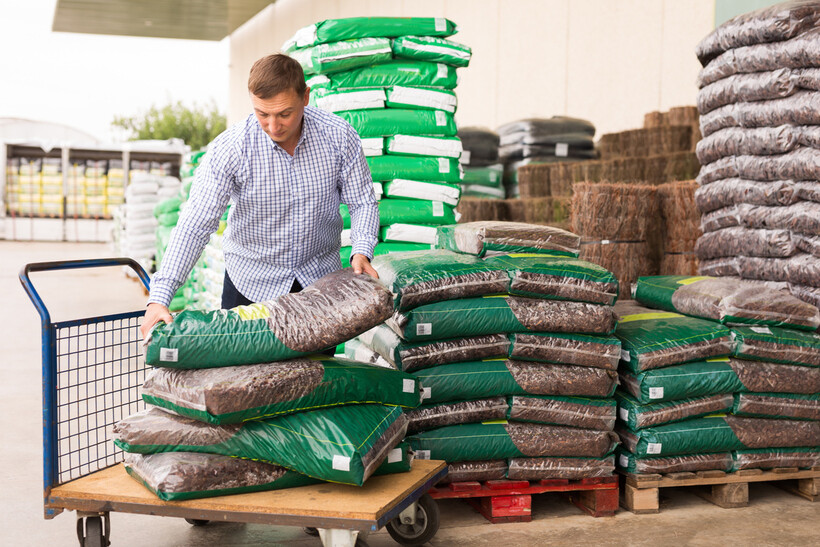 Garden supplies being loaded for transport at a store. (Source: iStock)
Garden supplies being loaded for transport at a store. (Source: iStock)
Fertilisers are more affordable upfront because they’re available in small packs, unlike compost. Their price ranges from as low as £1 to £380. Their price and availability depend on the market status of natural gas because, as mentioned earlier, their manufacturing process involves the use of fossil fuels. If the prices of natural gas change, this can also affect the cost and availability of certain chemical fertilisers.
Meanwhile, compost ranges from £4 to £1,000 because it’s usually bought in large sacks of bags. Naturally, commercial compost is more expensive because the production process involves rigorous and extensive testing and processing to ensure the compost is free from contaminants.
Despite a slightly higher initial cost, compost is more cost-effective because you can purchase it in bulk, significantly reducing costs if you have an extensive garden. But the good news is that good quality compost is readily available at various retail and bulk outlets.
In terms of long-term impact
Compost provides better long-term effects because its organic materials help bolster the growth of beneficial bacteria and fungi. These microbial communities allow the soil nutrients to cycle continuously, increasing plants’ disease resistance. Moreover, since compost mixtures release nutrients slowly, they help prevent soil degradation and nutrient overload.
On the other hand, continuous use of fertilisers can cause plants to depend on them instead of naturally producing nutrients through photosynthesis. Another negative long-term effect of fertilisers is that the chemicals can cause the soil to become too acidic, inhibiting the growth of beneficial microbes.
Get your garden thriving with Airtasker
Planting trees, vegetables, and flowers can be a fun activity you can enjoy with your family, but maintaining them can be difficult, especially if you have a large backyard garden. Why not let gardening experts handle the maintenance for you? Finding one around your area is easy with Airtasker! You just have to post a task, state the specific gardening services you need and your budget, and we’ll connect you with these experts.
Learn more about our contributors

Written by Cielo B.
Staff Writer
Cielo is an experienced content writer who has explored various industries throughout her career. Her expertise, founded on a degree in journalism, includes writing about automotive and home maintenance. Cielo also covers topics like dressmaking, tailoring, and photography since she is a passionate cosplayer who enjoys dressing up as her beloved anime characters.
Compost vs Fertiliser
Compost |
Fertiliser |
|
|---|---|---|
Use and Purpose |
Improves soil health by creating an ideal environment for plant growth |
Addresses specific nutrient deficiencies in plants |
Nutrient Content |
Lower in nutrient content, but releases nutrients slowly |
Higher in nutrient content and provides immediate nutritional value |
Application |
Easier to apply, with methods like top dressing, mulching, and compost tea |
More complex application, methods include broadcasting, side-dressing, and foliar feeding |
Environmental Impact |
Eco-friendly, reduces landfill waste and greenhouse gases, and traps carbon |
Can be detrimental, involves fossil fuels, releases greenhouse gases, and causes nutrient runoff |
Cost and Availability |
Slightly higher initial cost, but more cost-effective in the long run |
More affordable upfront, but availability and cost are influenced by natural gas prices |
Long-term Impact |
Bolsters the growth of beneficial microbes, prevents soil degradation |
Can lead to soil dependency, acidity, and inhibition of beneficial microbes |
FAQs on compost and fertiliser
Yes. Compost and fertiliser work together to boost plant growth since fertilisers act as nutrient boosters, while compost works as a soil booster that helps retain nutrients. Just make sure to test the soil first to determine what specific nutrients the soil needs to provide a good environment for plants to grow. Fortunately, you can get at-home test kits for an affordable price at gardening stores.
Yes. Manure is good for plants because it provides them with essential nutrients, and like compost, it increases soil organic matter, which helps soil retain moisture. However, you should compost manure properly because fresh manure is high in ammonia and nitrogen, and these can damage your plants if you over-apply manure.
No. Compost doesn’t turn into soil. Although their appearance is similar, compost doesn’t have the mineral components present in soil, such as sand, silt, and clay. Plus, they’re formed differently; soil is formed due to the weathering of rocks, while compost is produced because of the natural decomposition of organic materials.
So, if you’re wondering if you can use compost as soil, the short answer is no; compost is only a soil amendment. You can’t use it to replace soil.
Find gardening services, fast
Post a task
Related articles
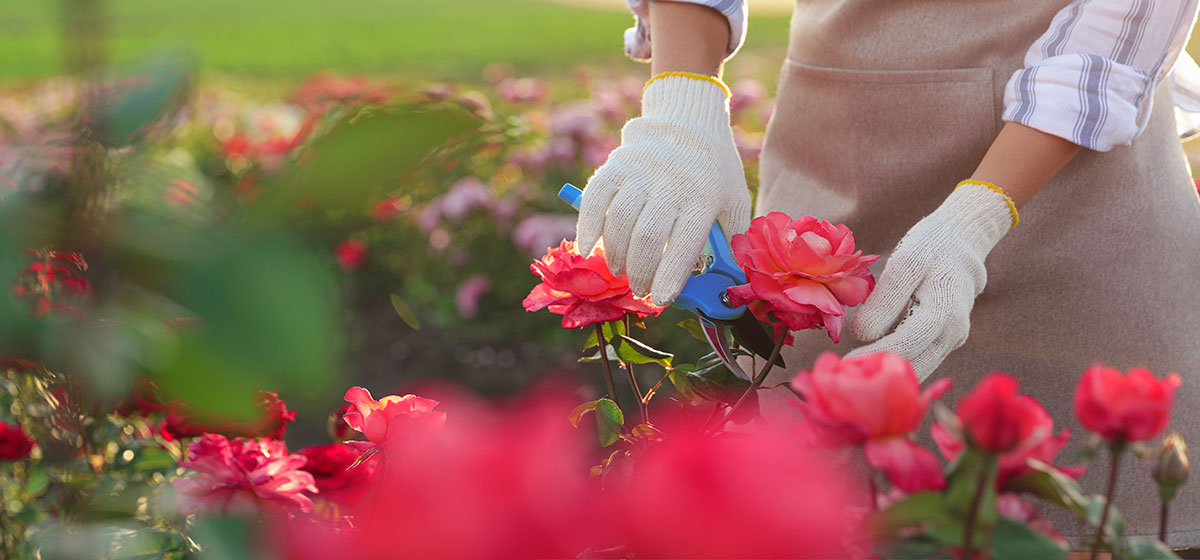
How to prune roses the right way
Read more
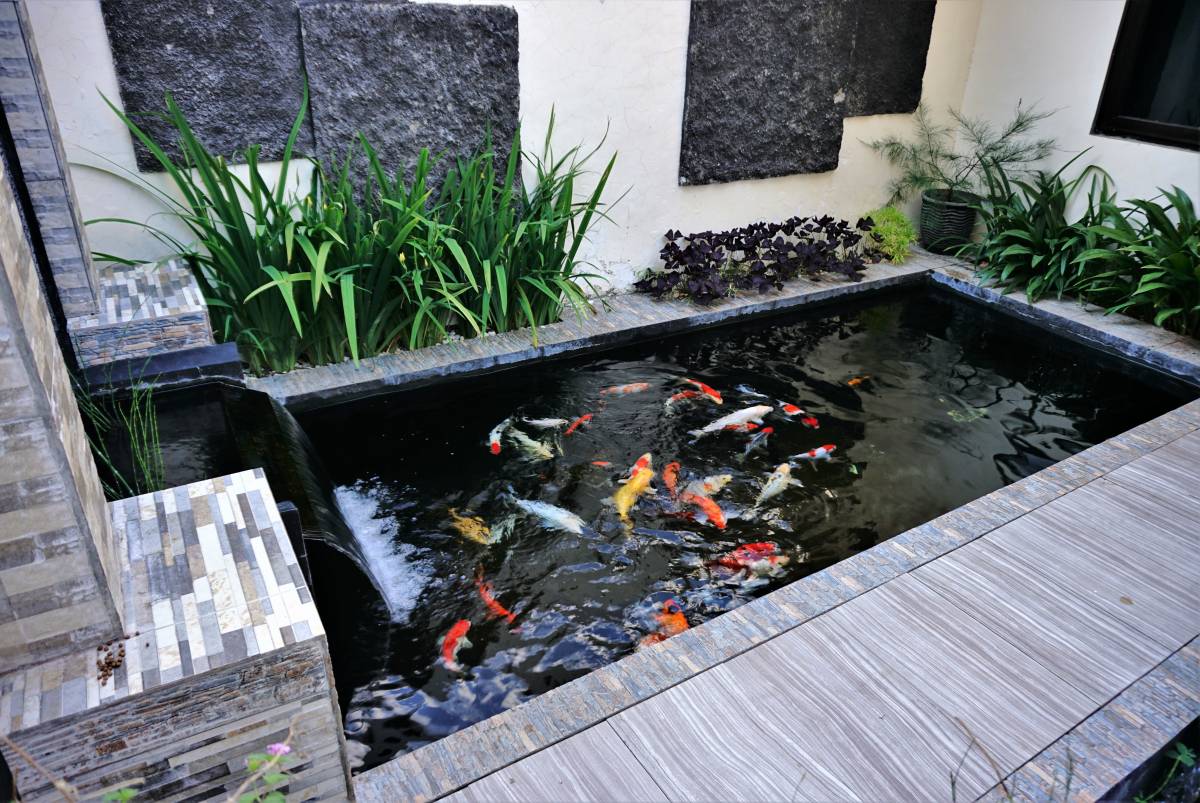
8 steps to build a DIY pond filter
Read more
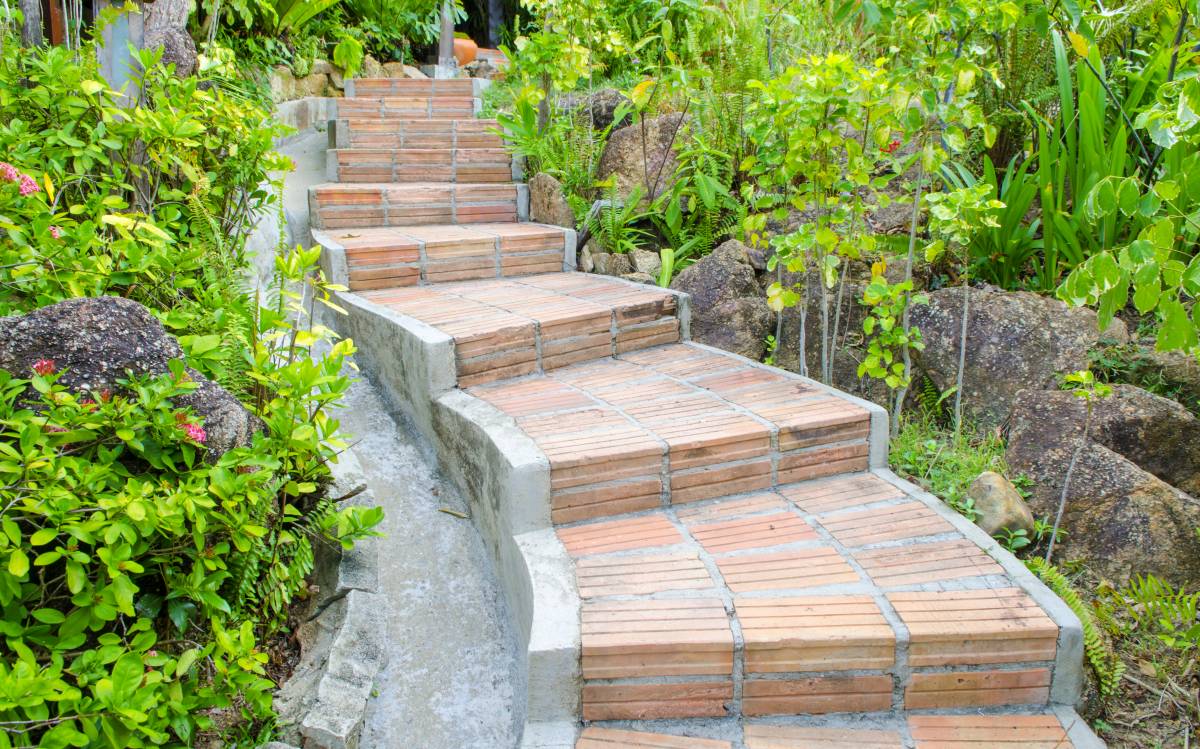
How to build garden steps
Read more
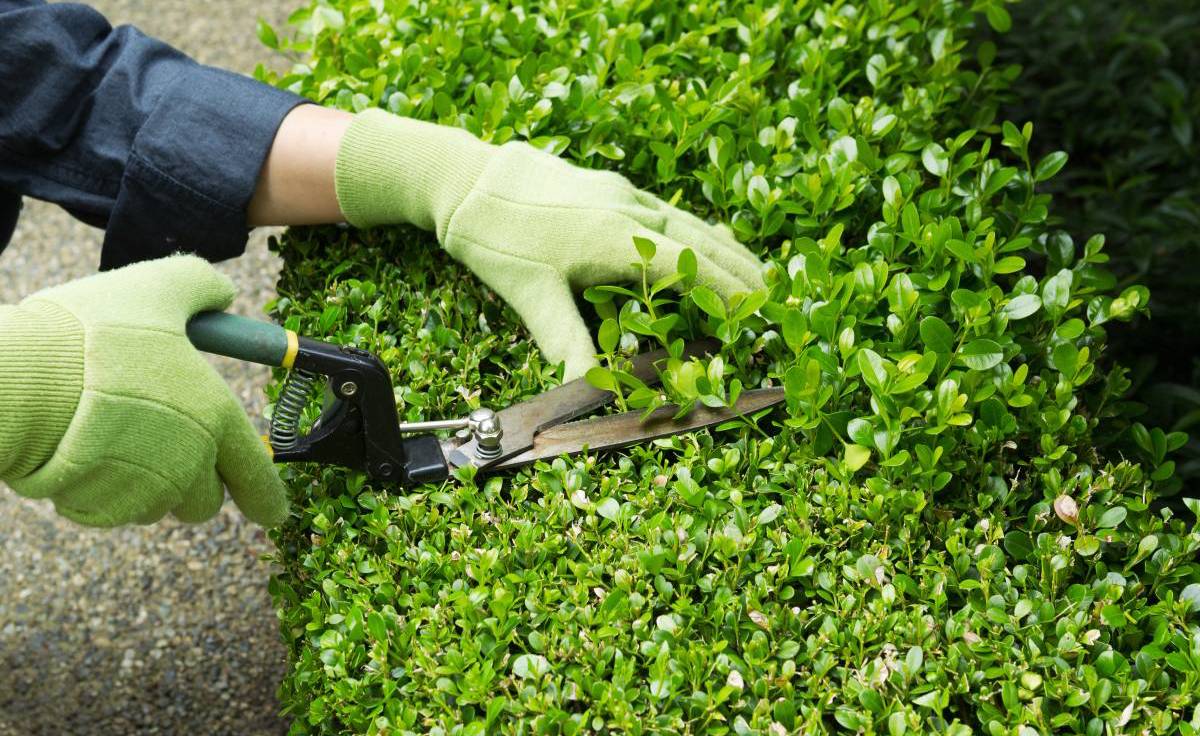
How to trim bushes the right way
Read more

13 Best Spring Gardening Tips
Read more
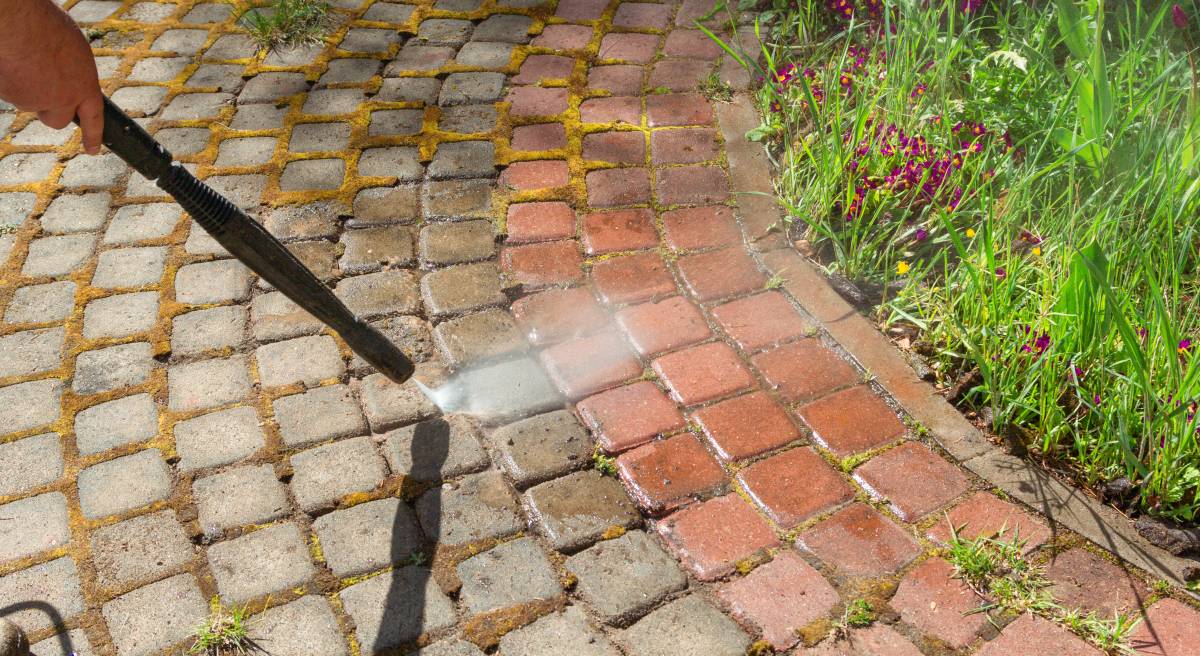
How to clean garden stones
Read more
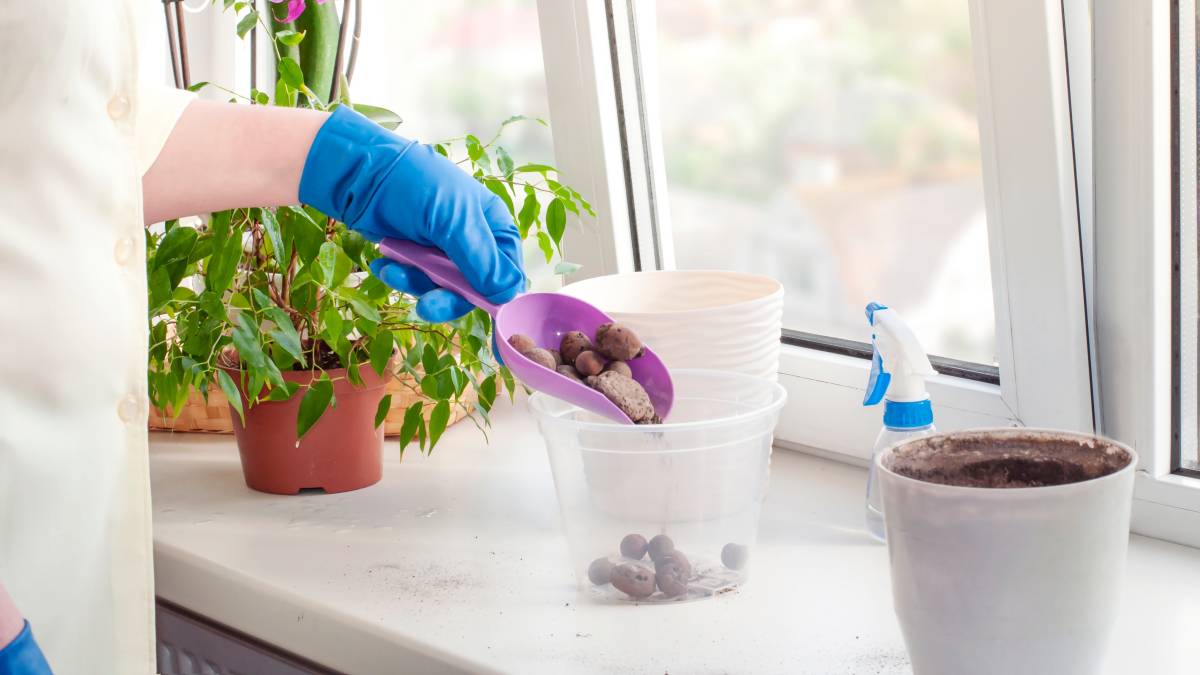
36 Quirky plant pot ideas you’ll love
Read more
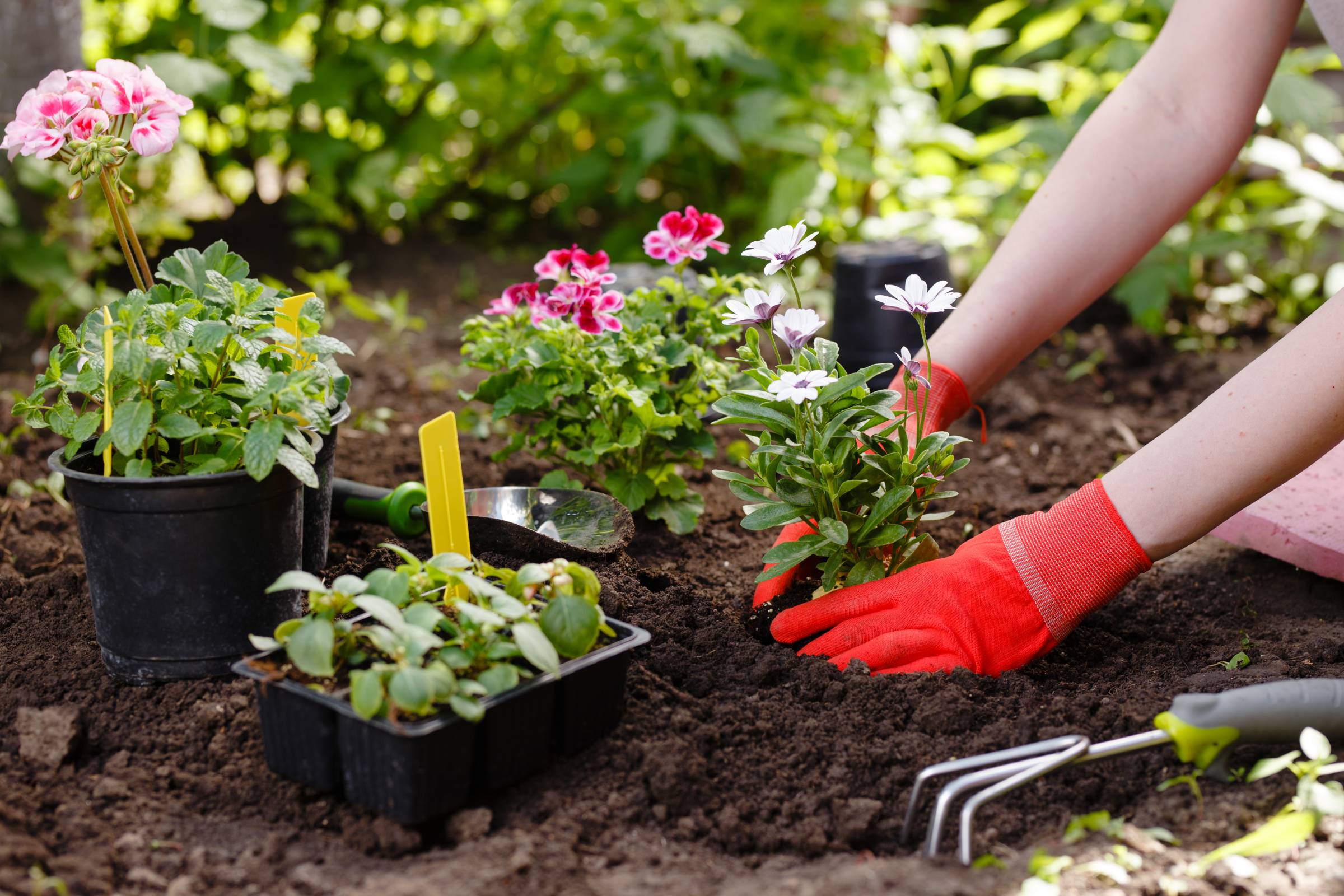
Your garden maintenance checklist
Read more
Related price guides
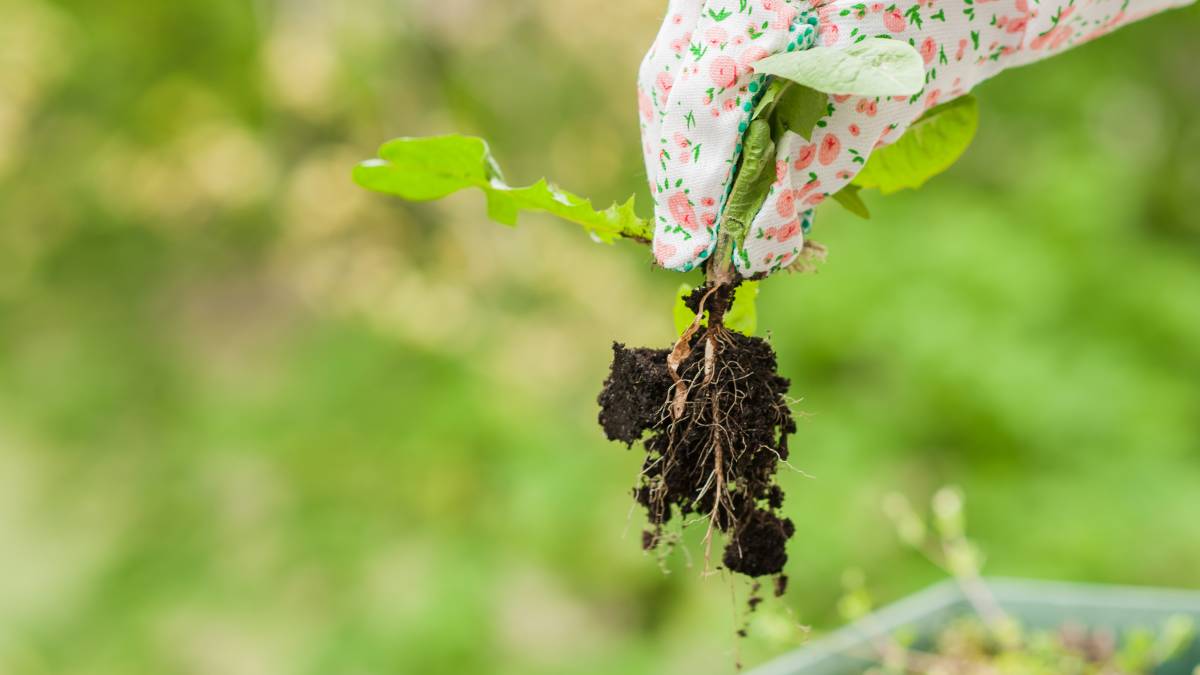
How much does weeding cost?
Read more
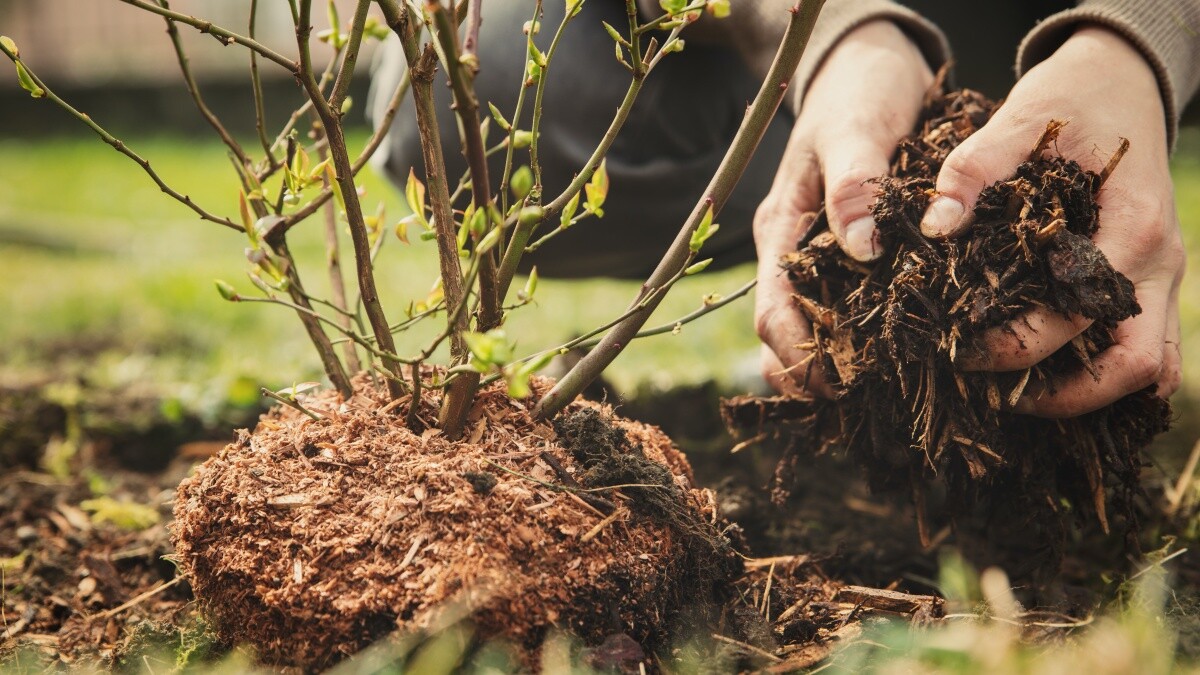
How much does mulch cost?
Read more
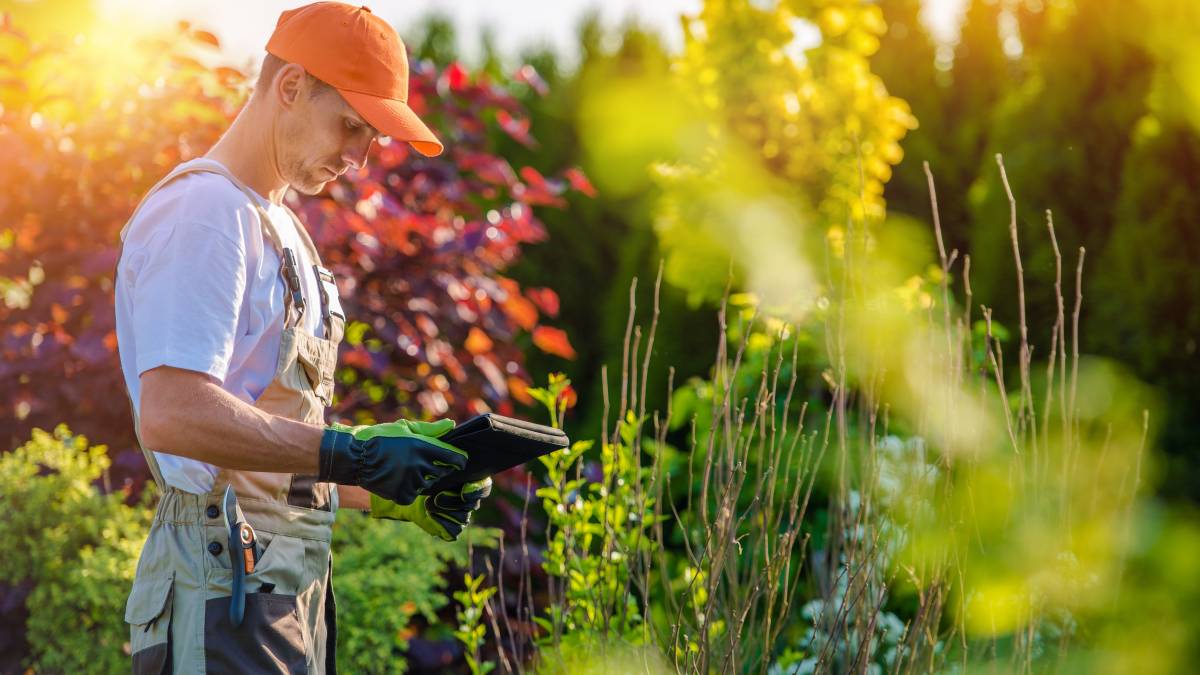
How much does garden clearance cost?
Read more

How much does hedge removal cost?
Read more

How much does a garden room cost?
Read more

